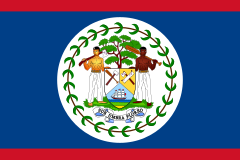
Visa and entry requirements Belize:
Passport required
No visa is required
Information from the Federal Foreign Office about your trip to Belize:
https://www.auswaertiges-amt.de/de/belizesicherheit/220284
Belize is a country in Central America with about 380,000 inhabitants. The country was created in 1981 from the colony of British Honduras and borders Mexico to the north, Guatemala to the west and the Caribbean Sea to the east.
Belize is located in the southeast of the Yucatan Peninsula and is the only country in Central America that does not have access to the Pacific Ocean. The second smallest country on the entire American continent, after El Salvador, is also the only one in which English is the official language.
The climate in Belize is predominantly tropical, even subtropical in the north, with sometimes strong prevailing winds from the Caribbean side. As a result, natural disasters such as tropical cyclones or floods occur at regular intervals.
The country's largest cities include Belize City, San Ignacio, Orange Walk Town, Belmopan, Punta Gorda and Dangriga. The official national currency is the Belize dollar, with 1 euro equaling around 2.20 BZD.
The vegetation of Belize consists primarily of tropical rainforest, isolated savannas or flat swampland. The coast of Belize is almost entirely covered in mangroves. The highest peak in the country is the 1,122 meter high Victoria Peak in the Maya Mountains.
The jaguar, revered by the ancient Maya, is the most famous animal in the country.
There are numerous atolls, coral reefs and sandbanks on the coast of the Caribbean country, such as the Lighthouse Reef, the Glover Reef and the Turneffe Islands. The entire reef off Belize, together with its cayes, forms the second largest coral reef in the world after the Australian Great Barrier Reef.
During the Maya period, between the years 250 and 900, several cultural centers emerged around Orange Walk, including in Xunantunich, Altun Ha, Cahal Pech, Lamanai, Lubaantun, El Pilar and Caracol. From the year 900 onwards, however, the Mayan era came to a quick end.
Belize's economy is based on forestry, fishing, tourism and agriculture. The main economic activity is the extraction of precious woods, mainly mahogany. The larger plantations mainly grow citrus fruits, bananas, sugar cane, cocoa and coconuts for export. There are rich fish stocks off the coast of Belize.
Around 300,000 international tourists visit the country every year; Belize is particularly popular with divers and surfers. In addition to the reef coast, the country has other tourist attractions, such as the Mayan ruins at Orange Walk, the island of Caye Caulker, the city of Belize City or the capital Belmopan.
The largest city in the country is Belize City with around 70,000 inhabitants. After the city was almost completely destroyed by a hurricane in 1961 due to its proximity to the coast, the seat of government was moved to the new capital Belmopan. Nevertheless, Belize City remains the economic and cultural center of the country, also thanks to its large port.
The city's most important sights include the Belize Swing Bridge on Haulover Creek - one of the few active swing bridges in the world that is still moved by human hands every day, the Maritime Museum, the Art Museum, the colonial town hall, the Queen Street Baptist Church, the old US Embassy, St. John's Cathedral - the oldest Anglican church in Central America, the colonial government building, the Belize Zoo, the Fort George quarter and the lighthouse at Fort George Harbor.
In June 2014 I visited the small country of Belize for two days as part of my Central America tour. I started the bus in the Mexican seaside resort of Cancun and stopped first in Orange Walk. Unfortunately I didn't have time to visit the mystical Mayan ruins and after a short stay I continued on to Belize City.
The city of Belize has a typical Caribbean flair, is very easy to navigate due to its small center and has relatively few interesting attractions to offer. The swinging bridge is of course exciting for every tourist when it is moved three times a day. Other highlights of the city for me were the craftsmen's market with its many great carved wooden figures and the harbor district with its cozy restaurants and cafes. The brightly colored houses next to the bridge also offer very interesting photo opportunities.
While my companion Maria, who met on the bus from Mexico to Belize, treated herself to a water taxi to the bathing island of Caye Caulker, I preferred to visit some small, exciting markets.
Belize is an absolute dream destination for diving enthusiasts due to its fantastic and paradisiacal underwater world. For vacationers interested in culture, the country offers enough ancient Mayan cult sites worth seeing. I can definitely recommend Belize as a great travel destination, as well as because of the humane prices that still prevail locally.
After a night in the Radisson Hotel in Belize City, the next lunchtime we took the bus to the small, cozy capital of Belmopan. After Maria and I decided to continue our journey together, after a short stay in Belmopan, we left the country of Belize for Flores in Guatemala.

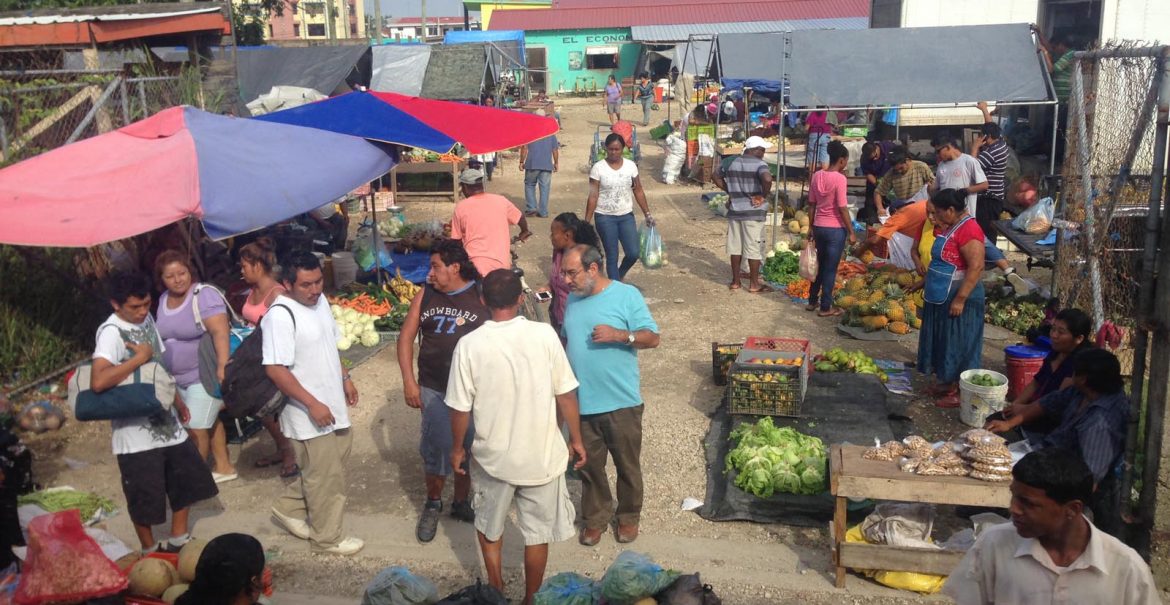
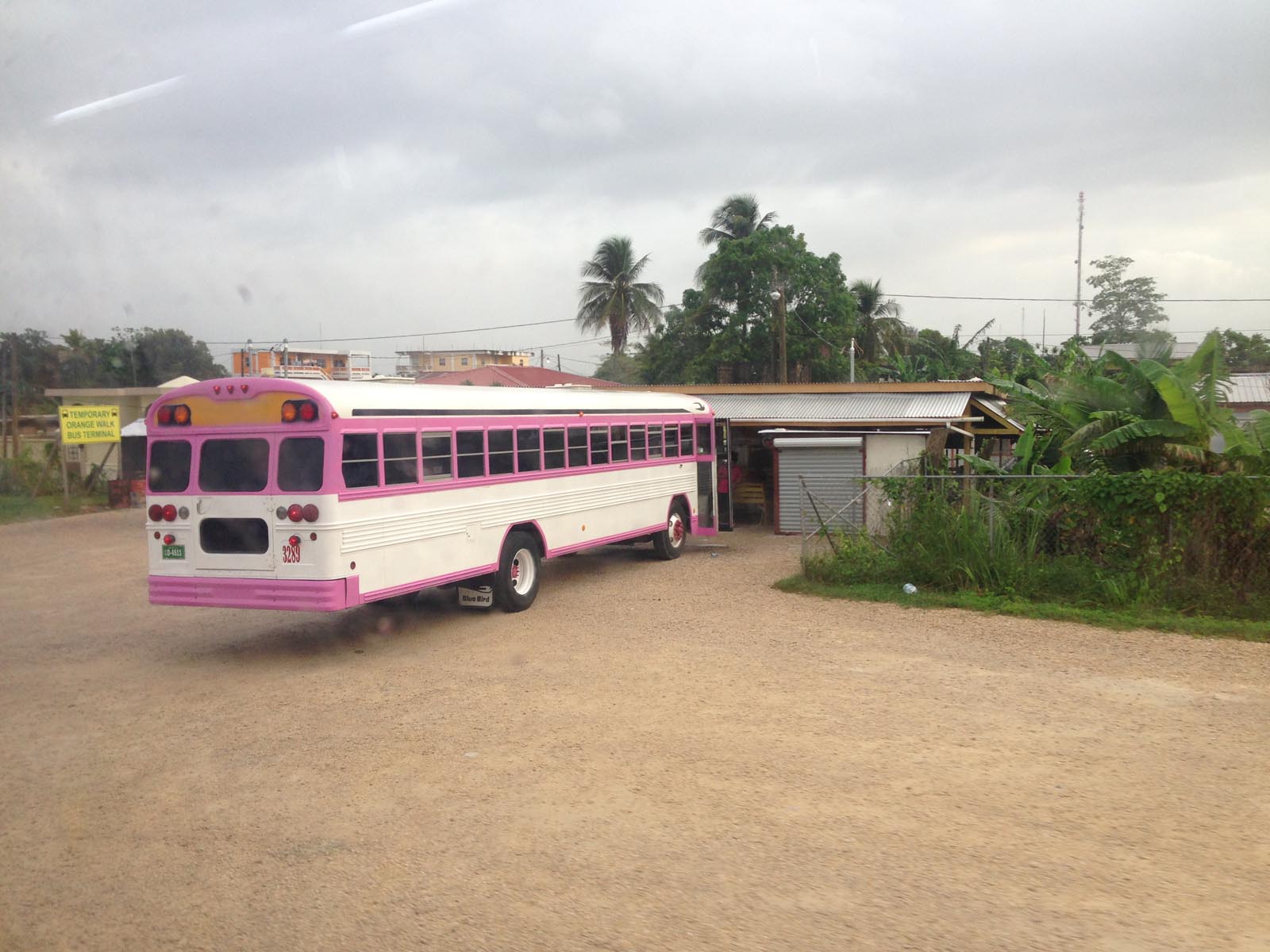

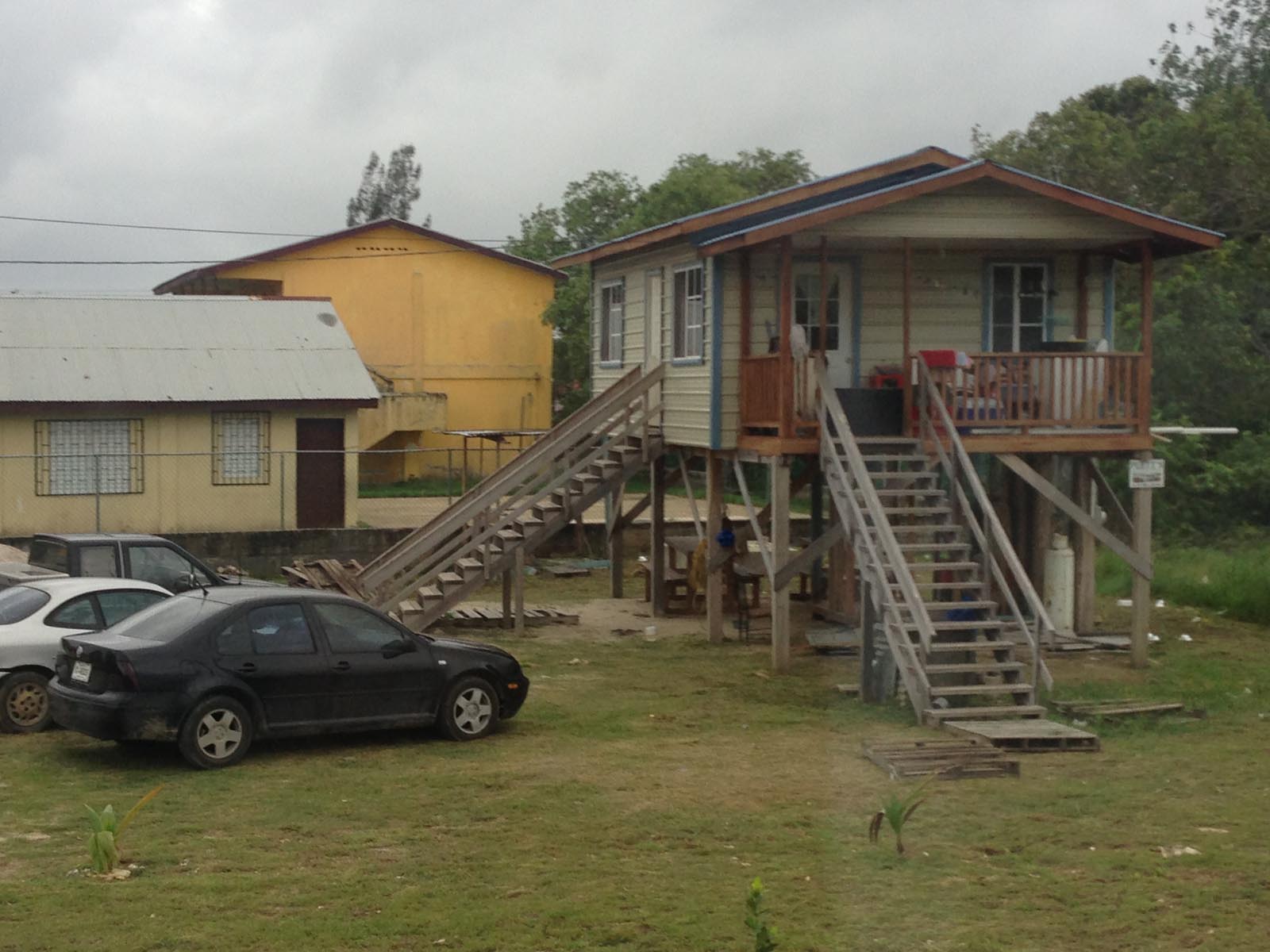
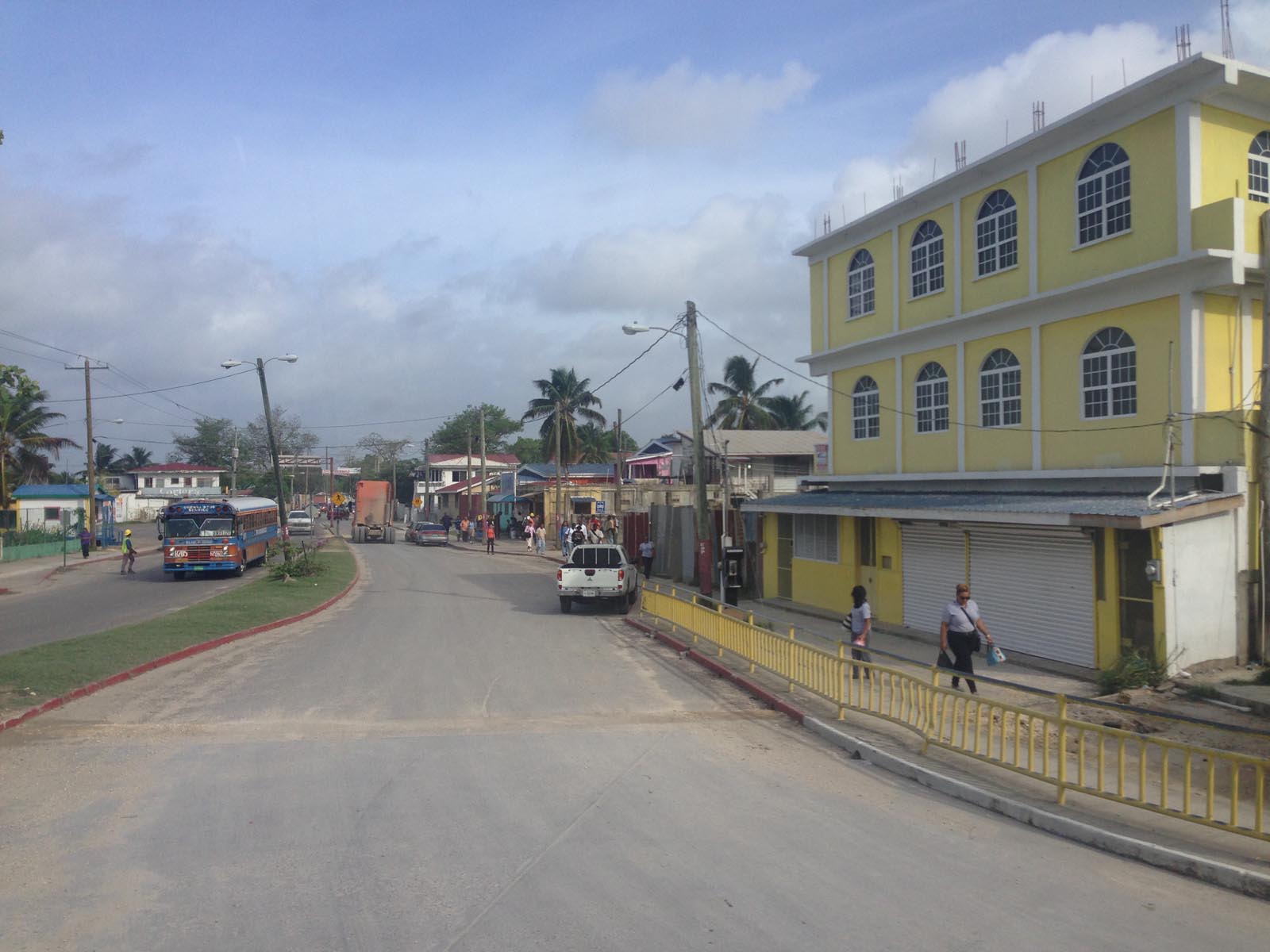
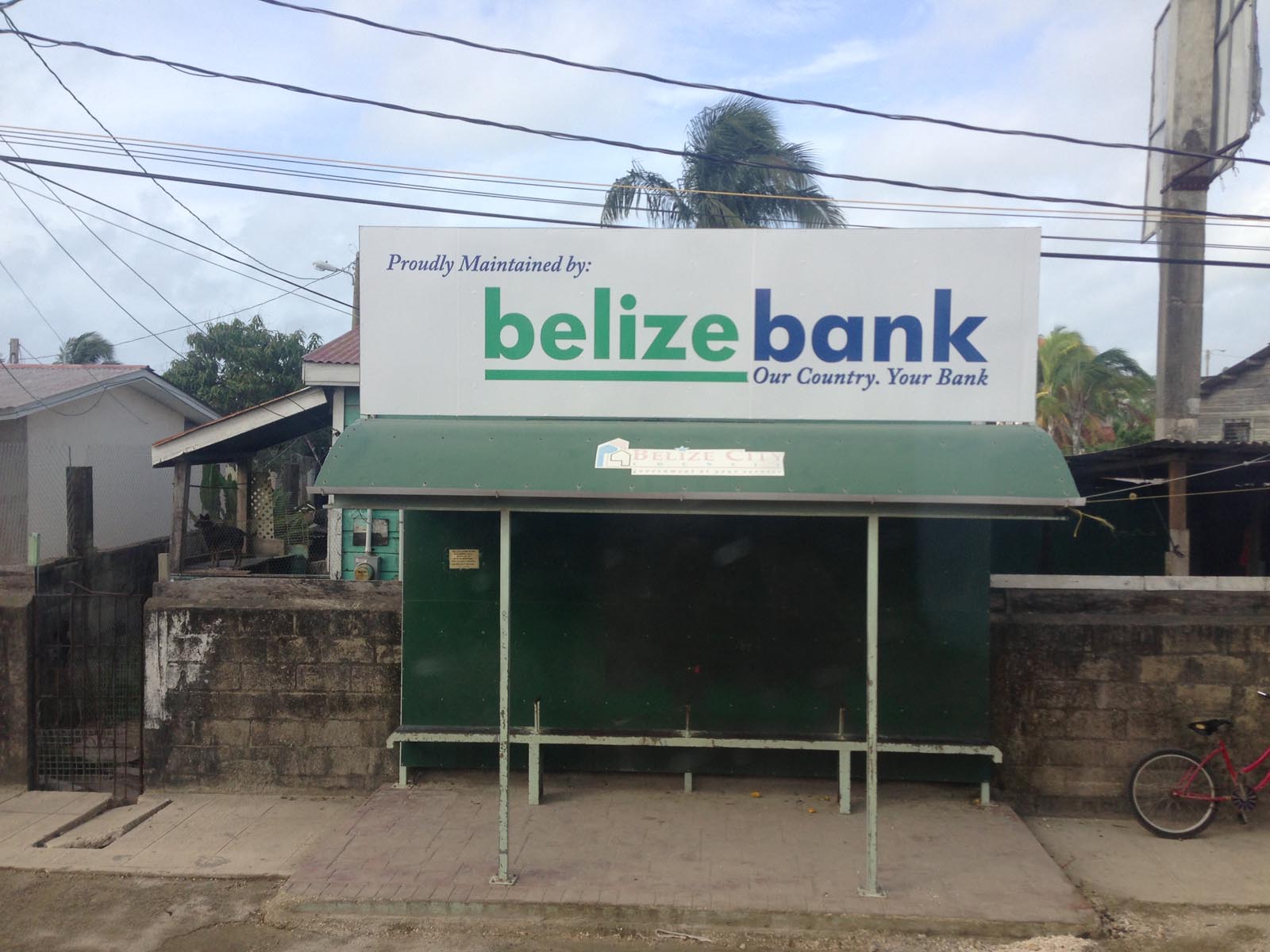
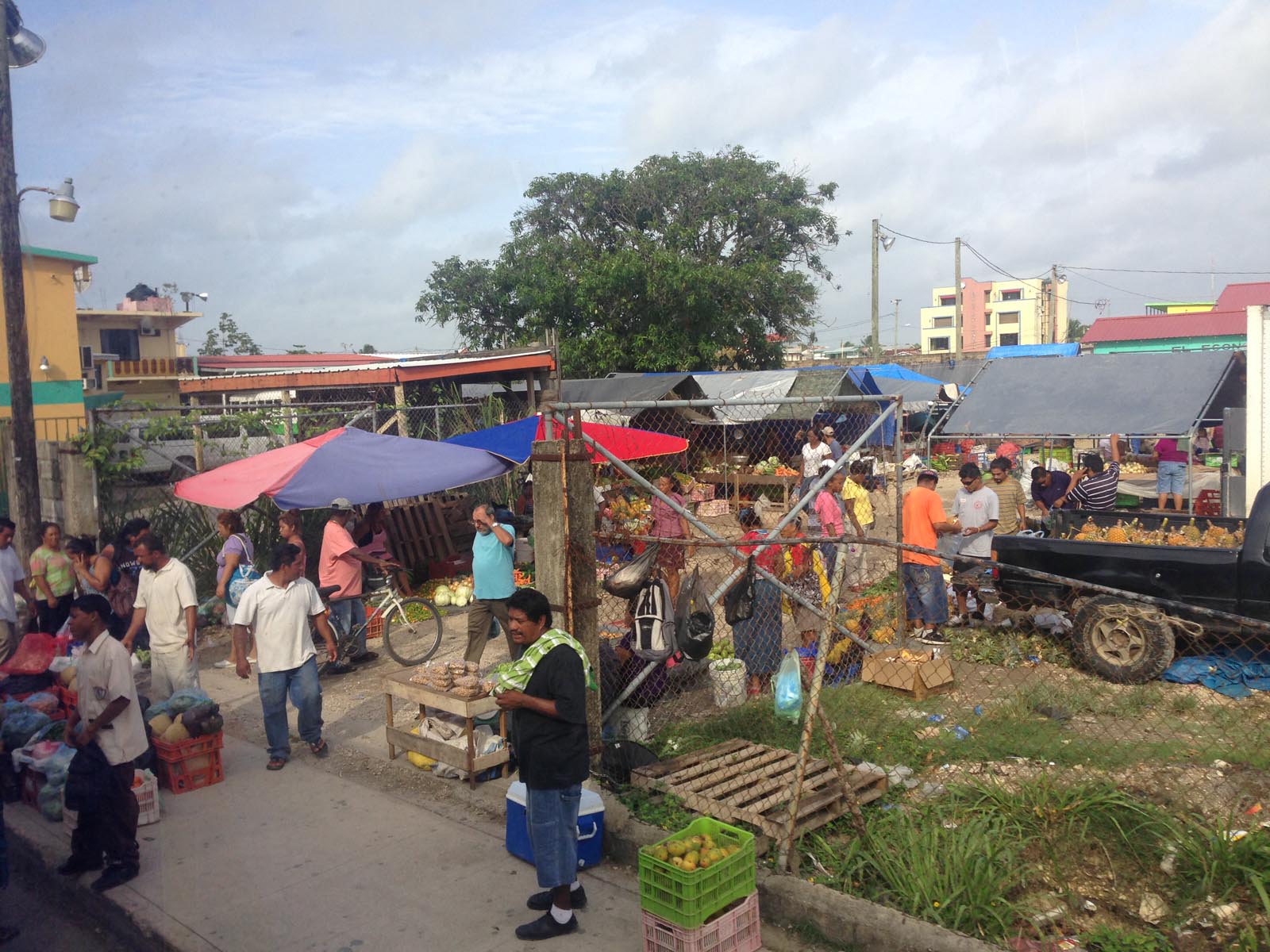
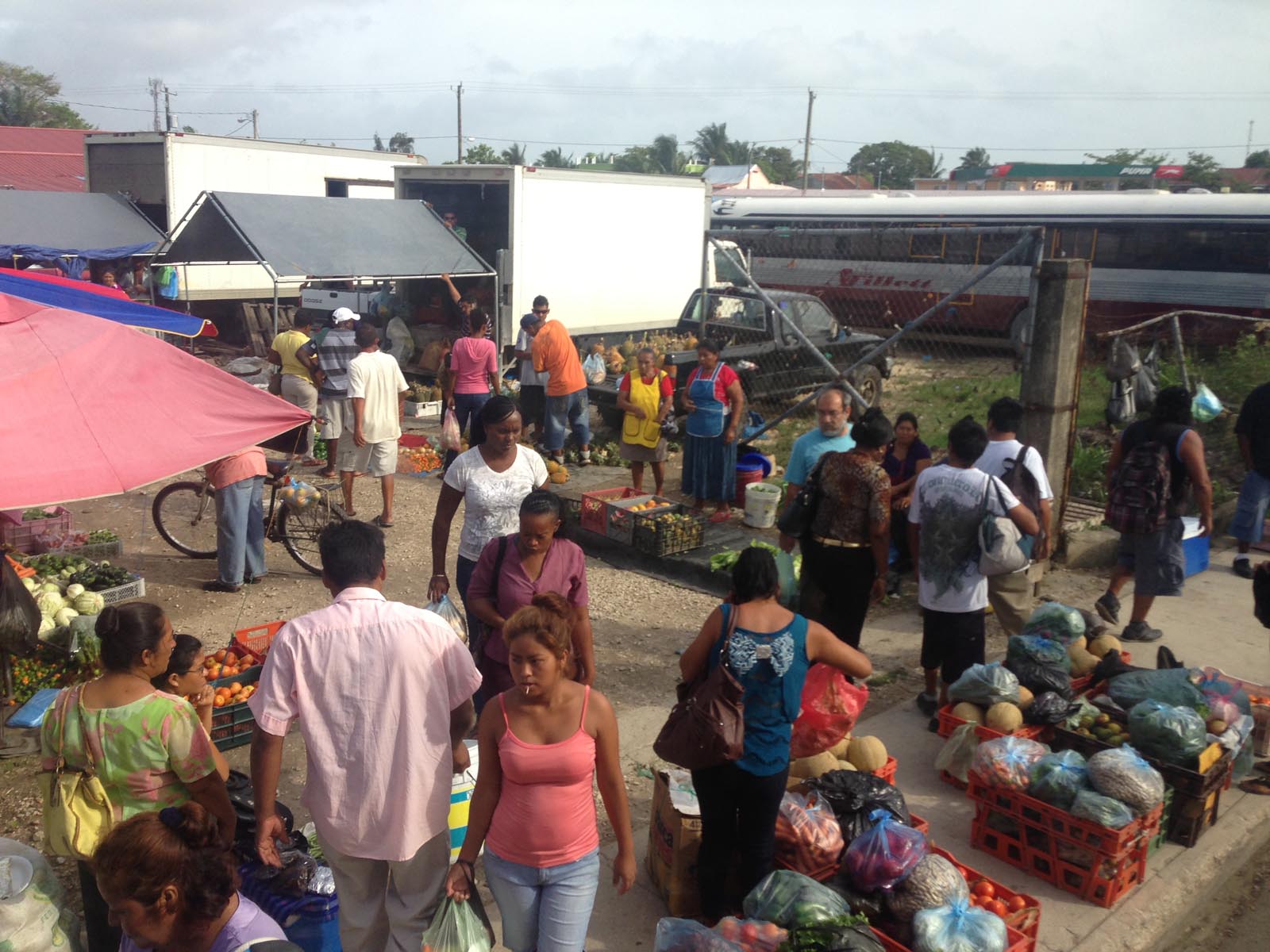

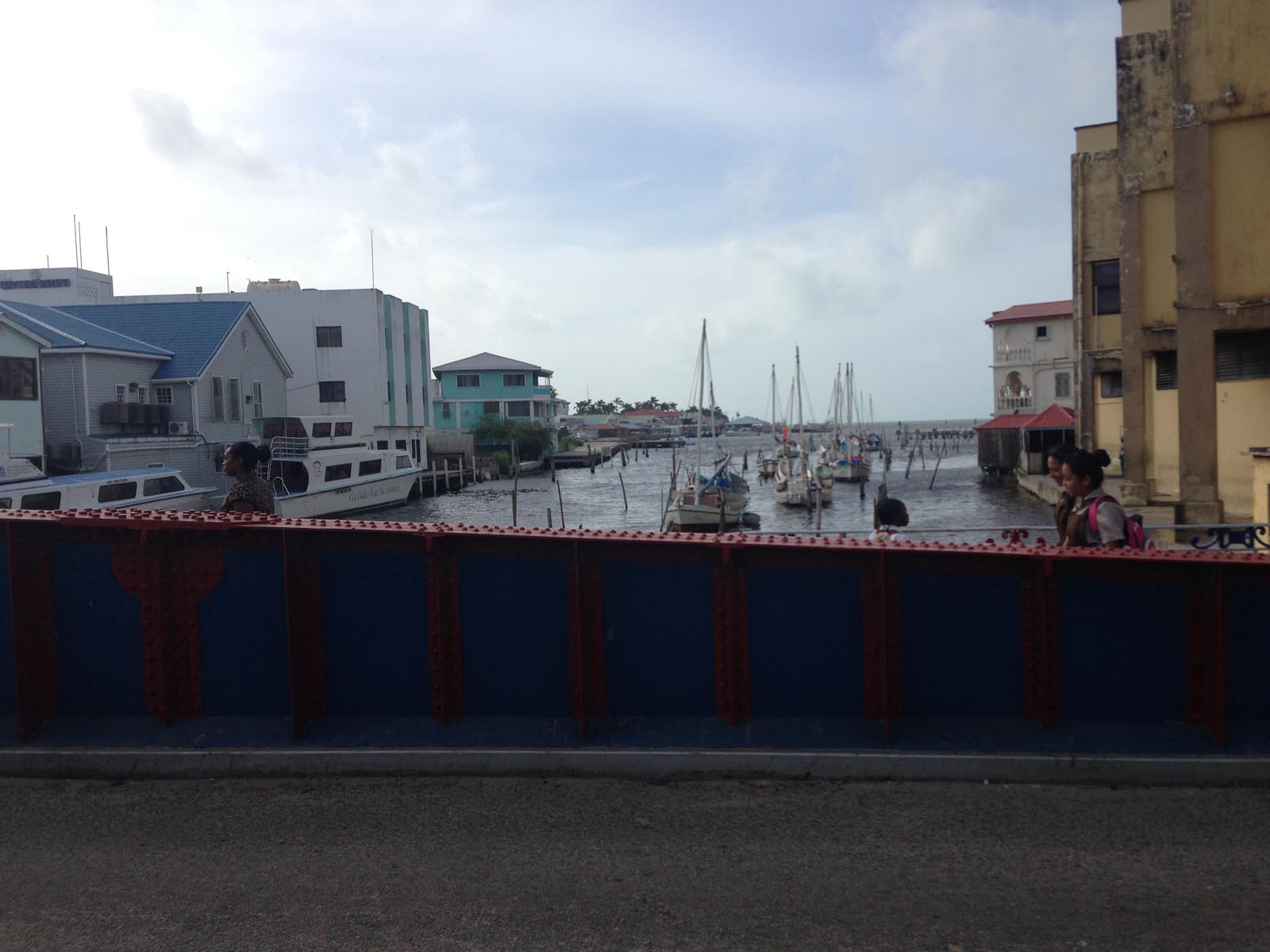
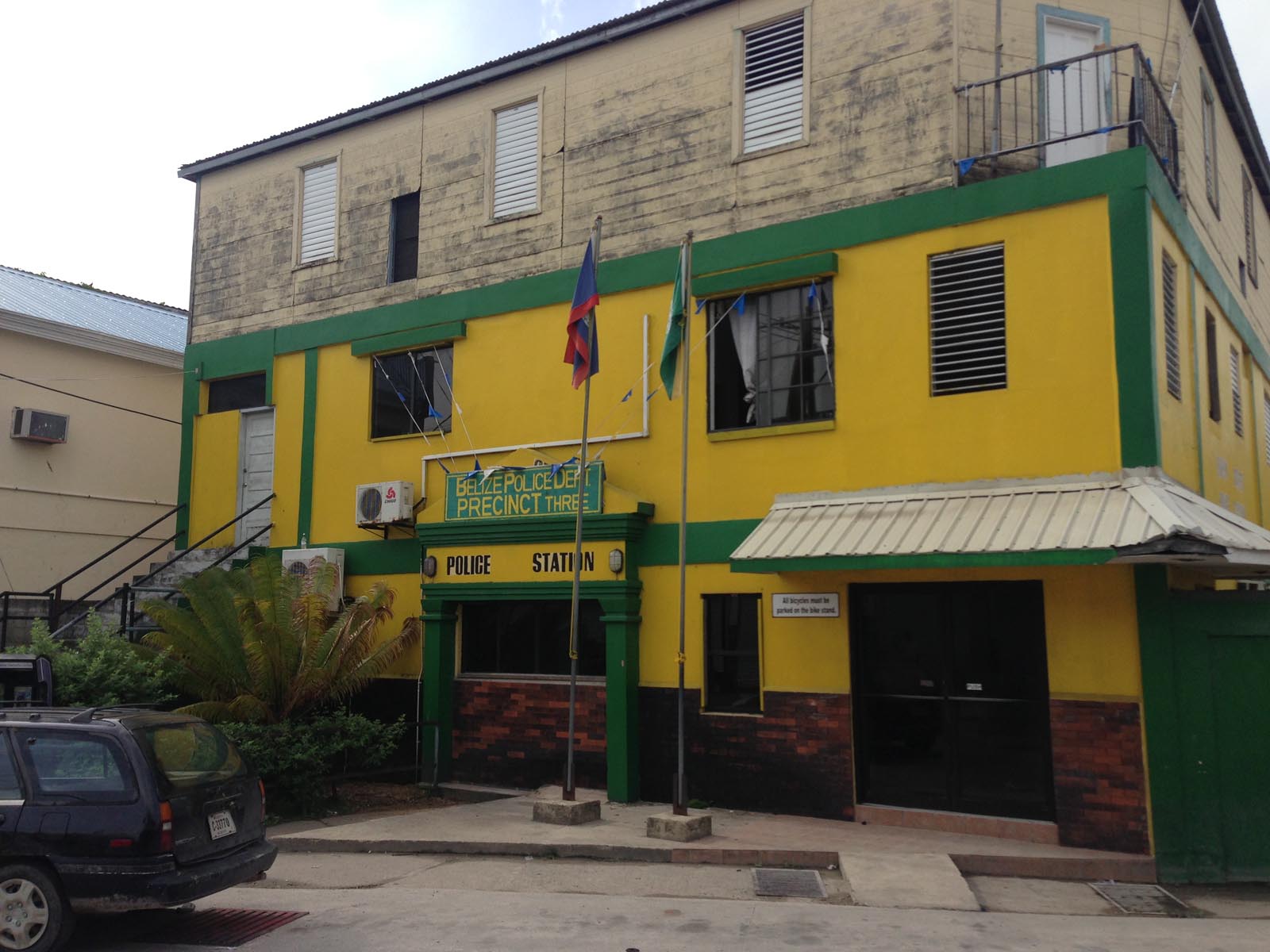
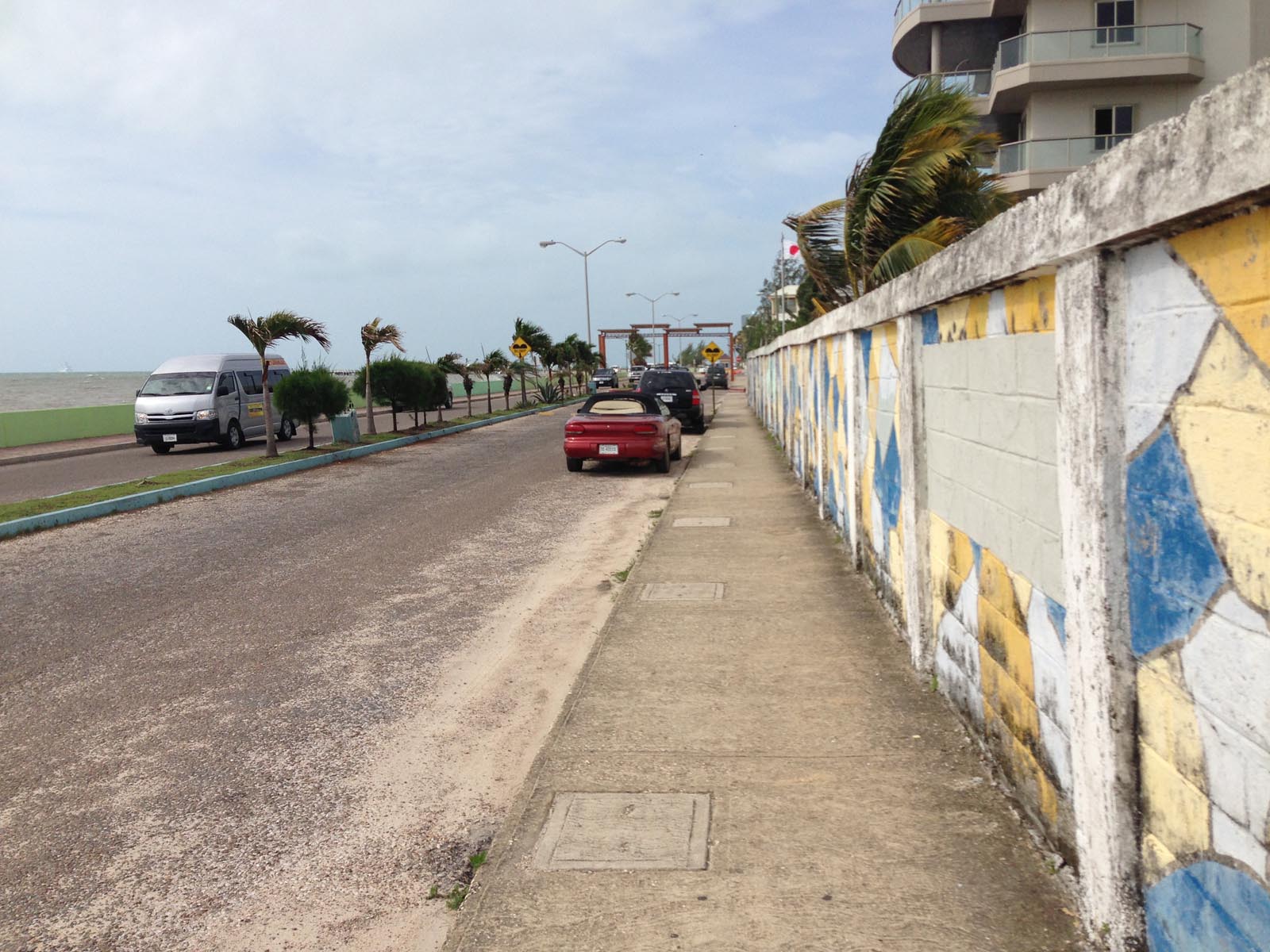
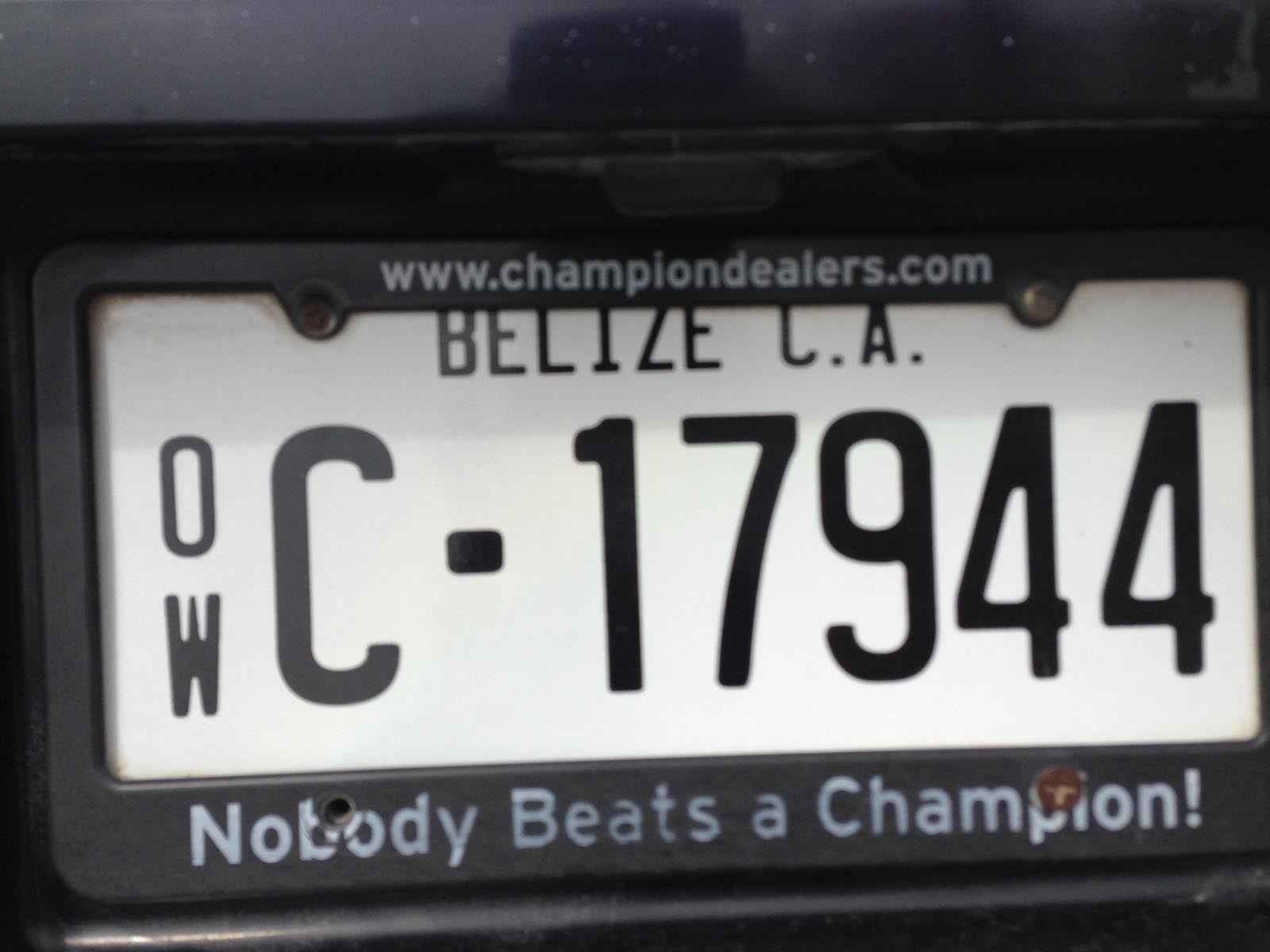
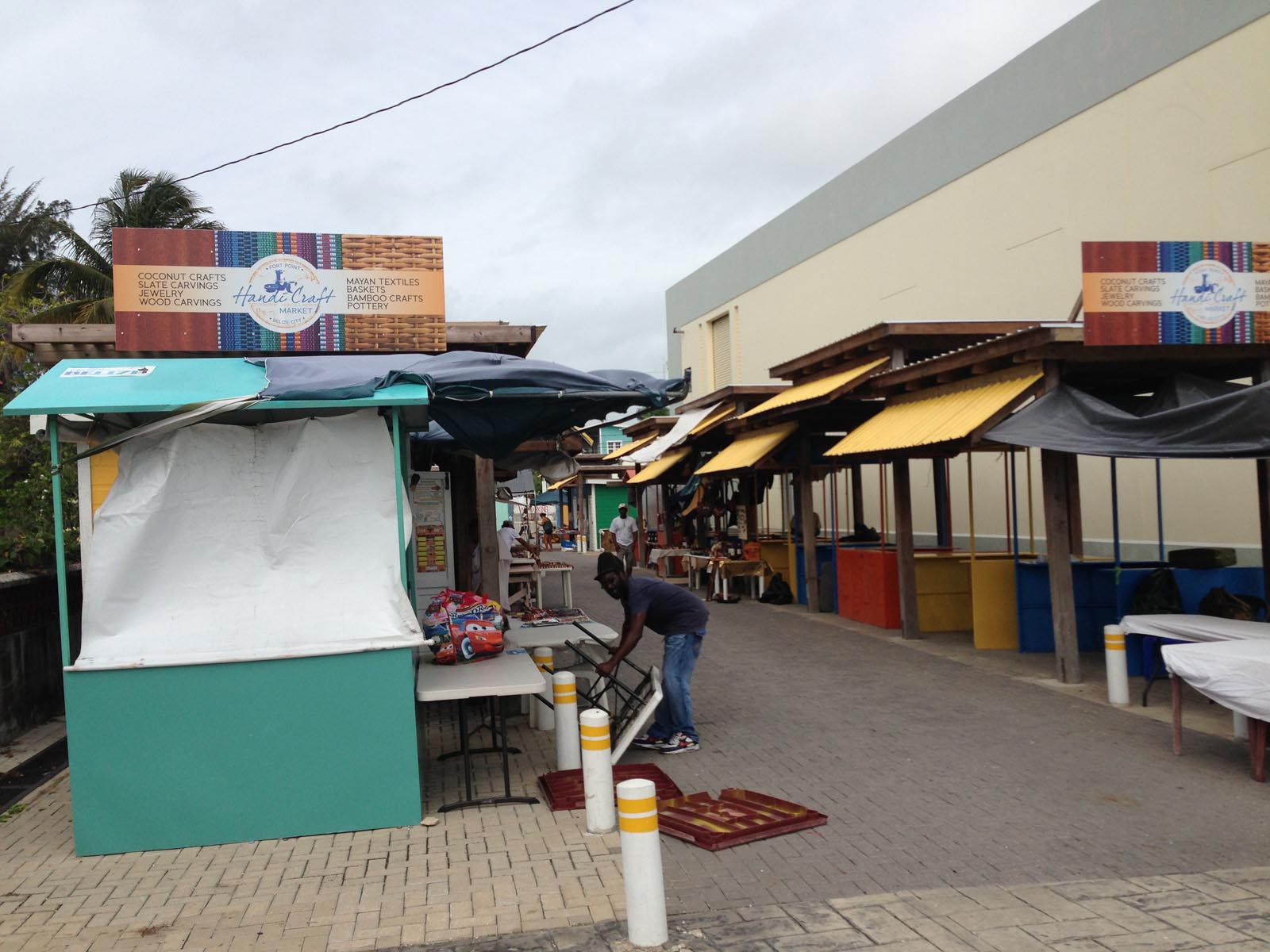
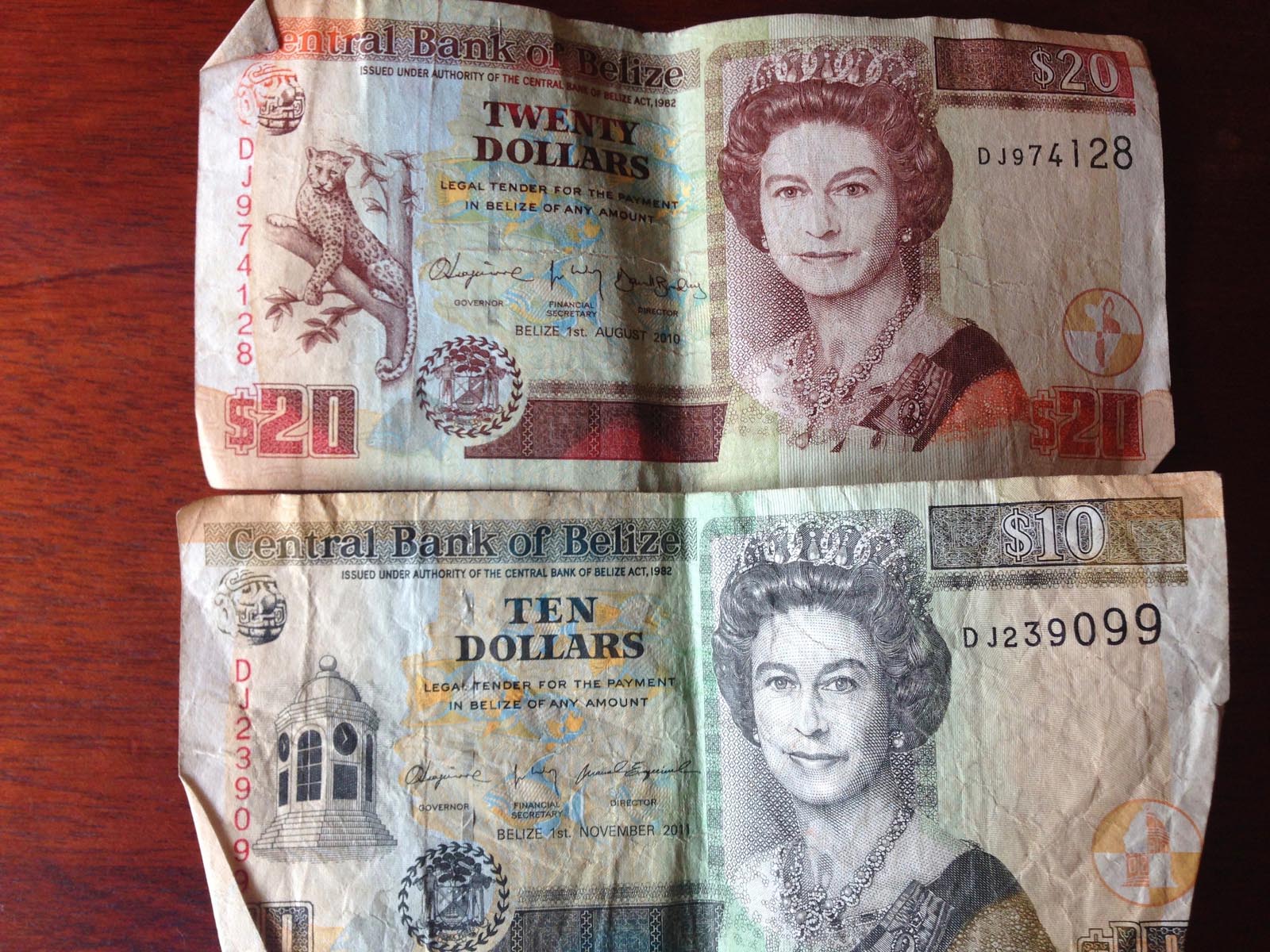

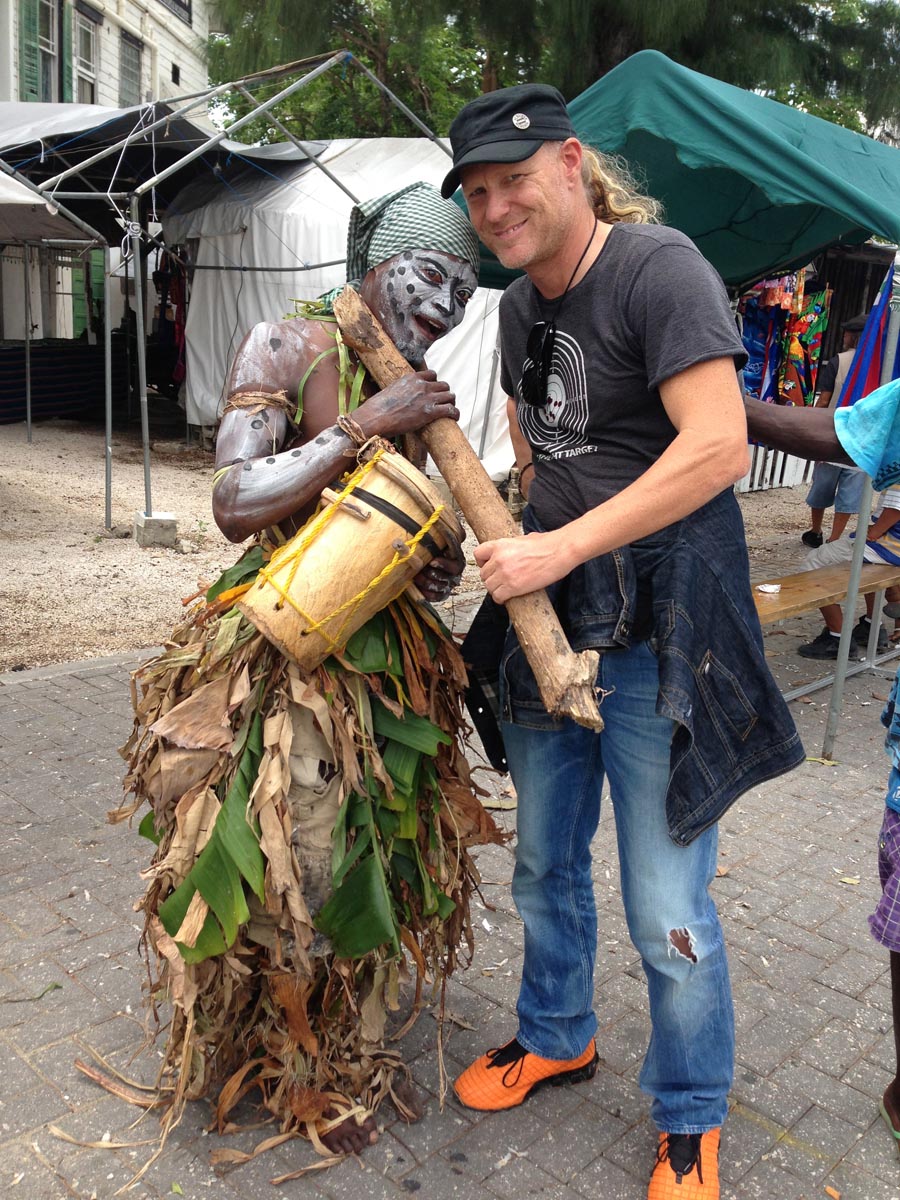
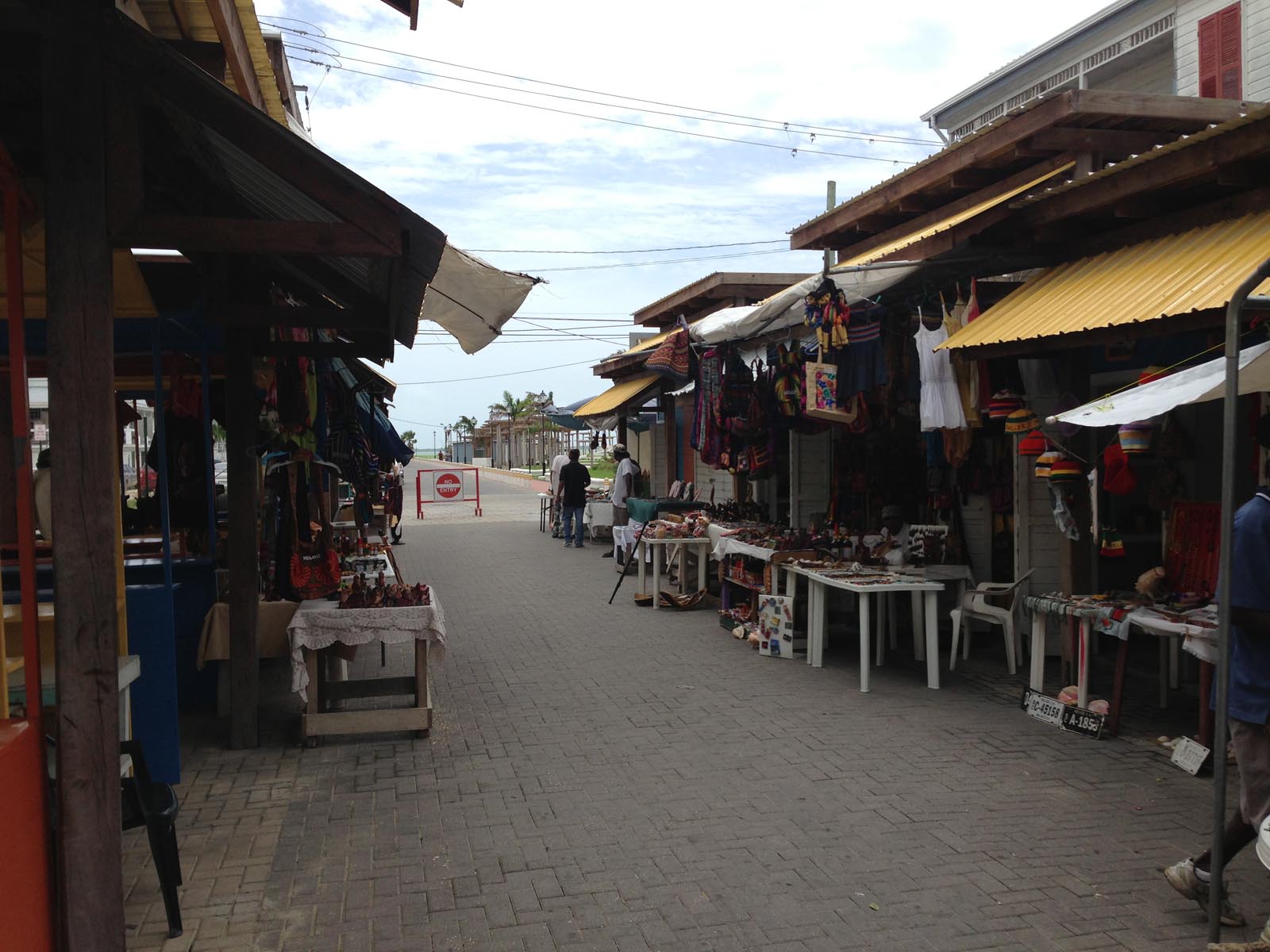
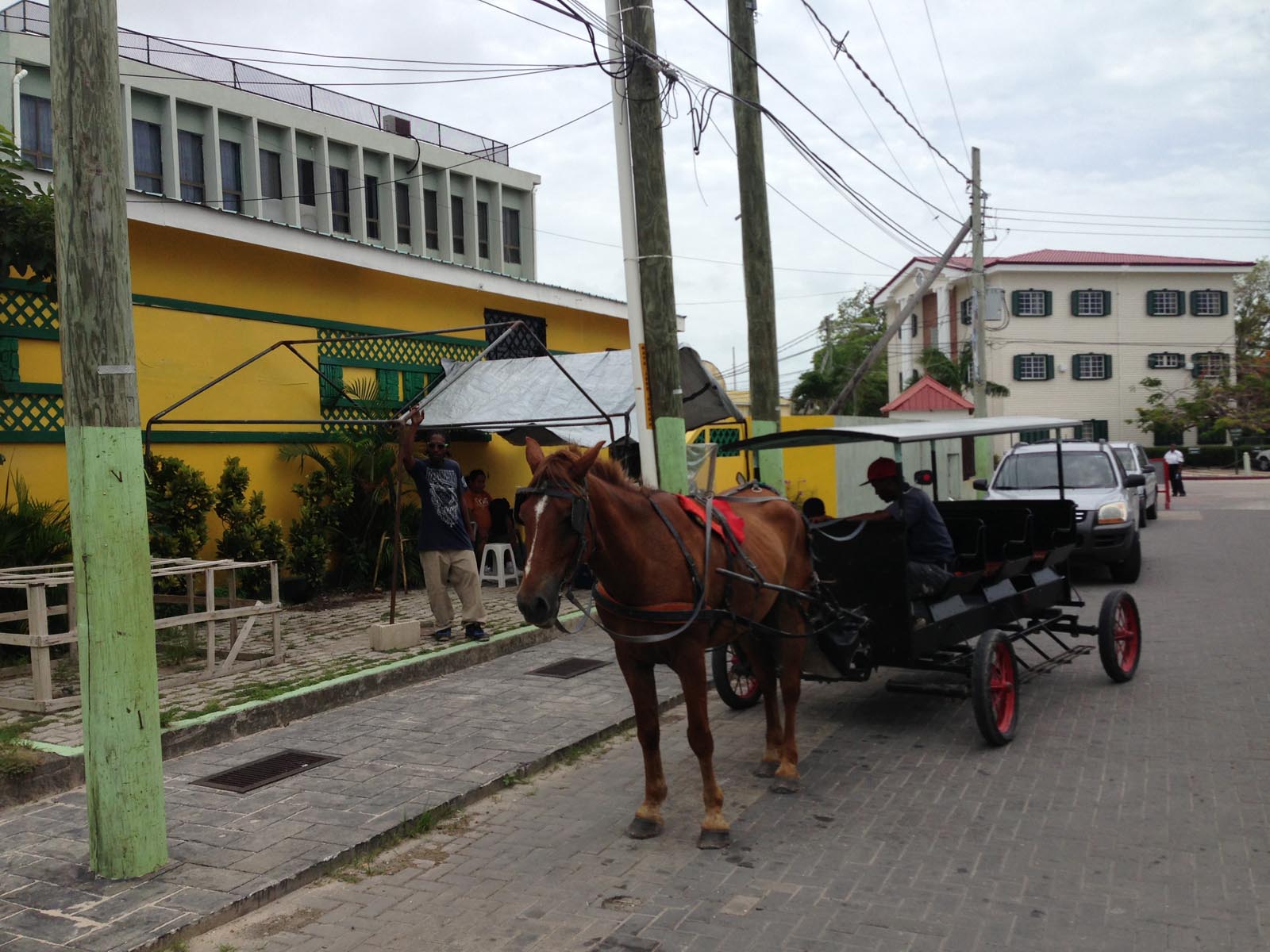

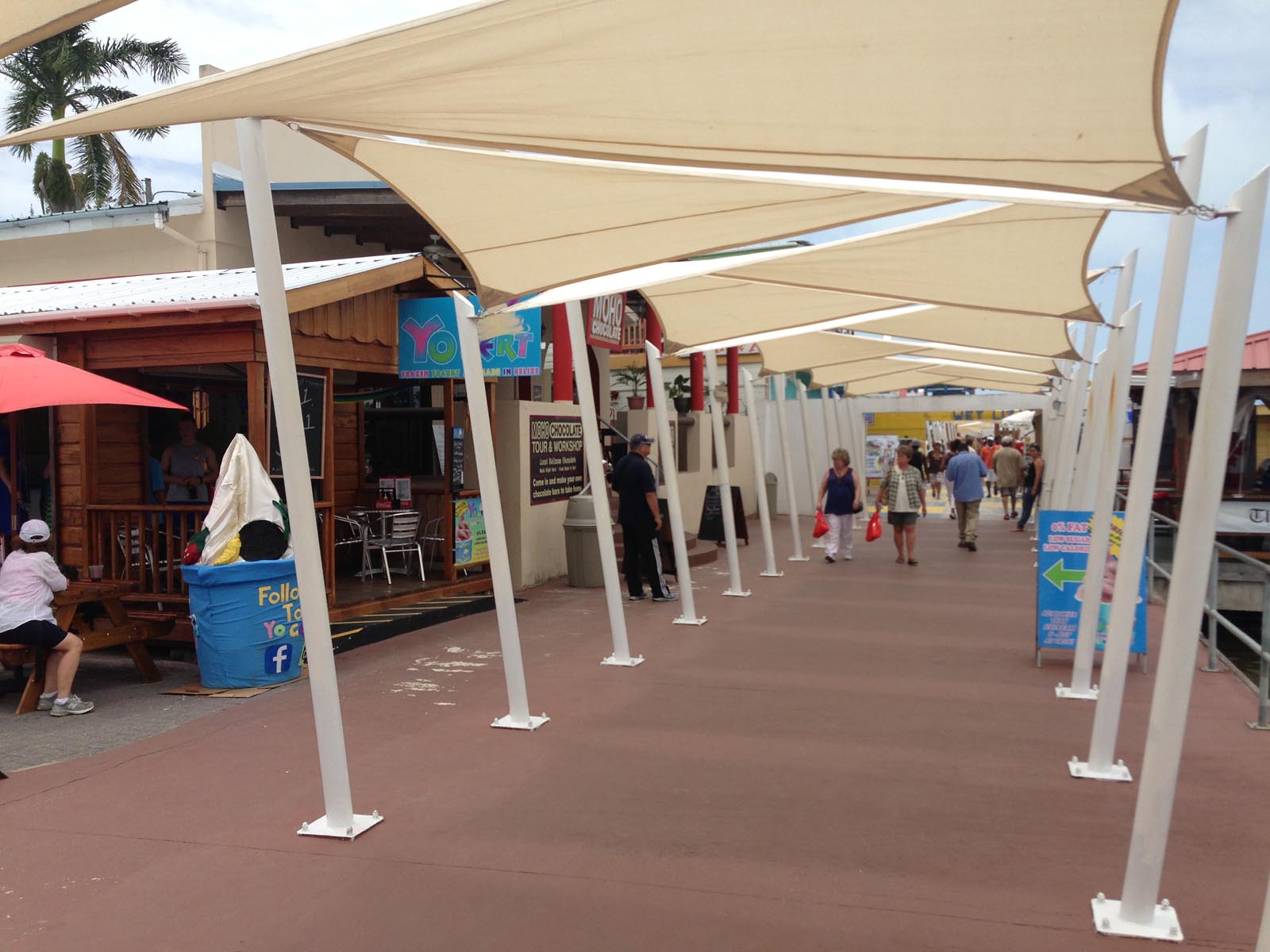
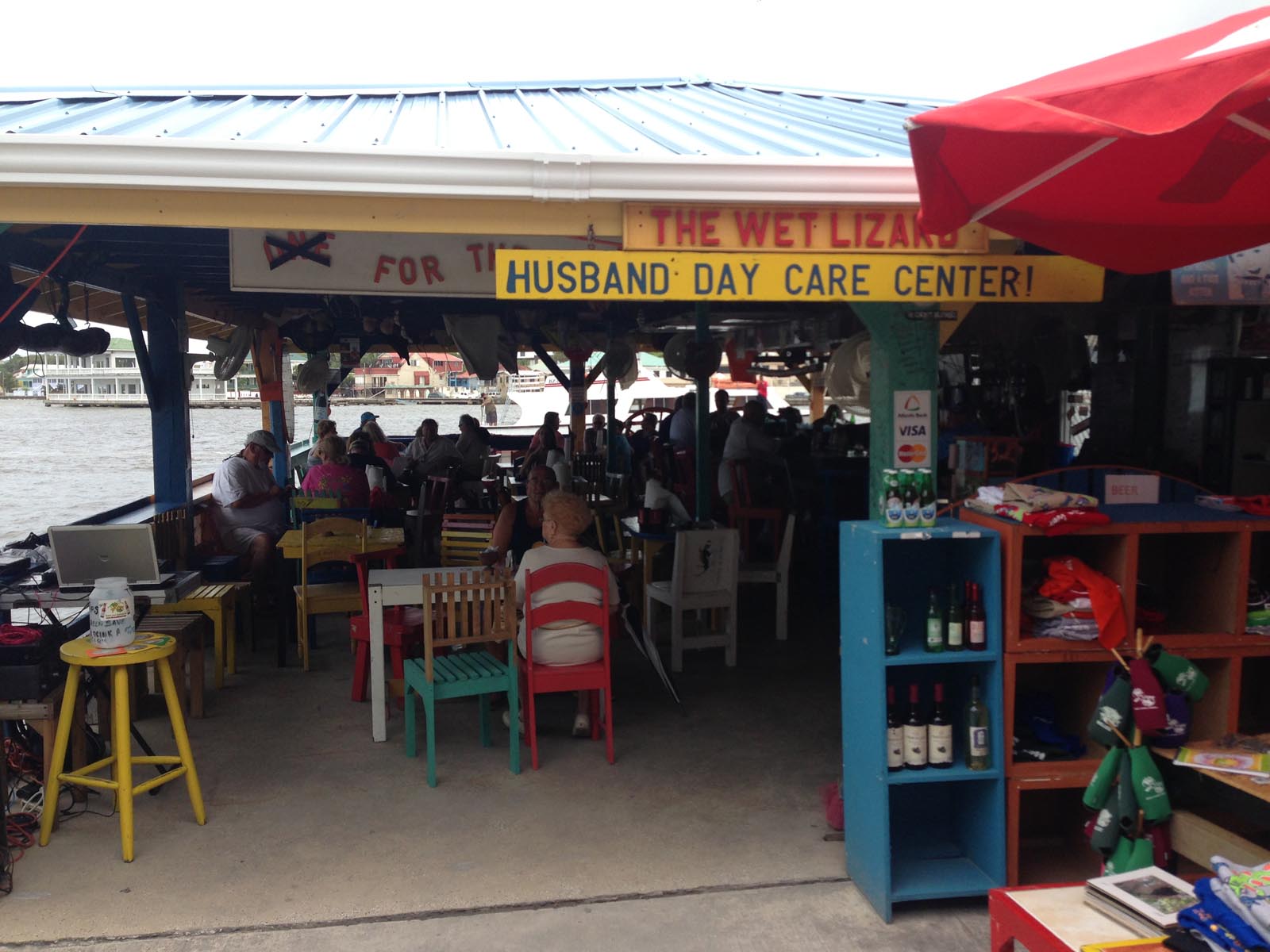
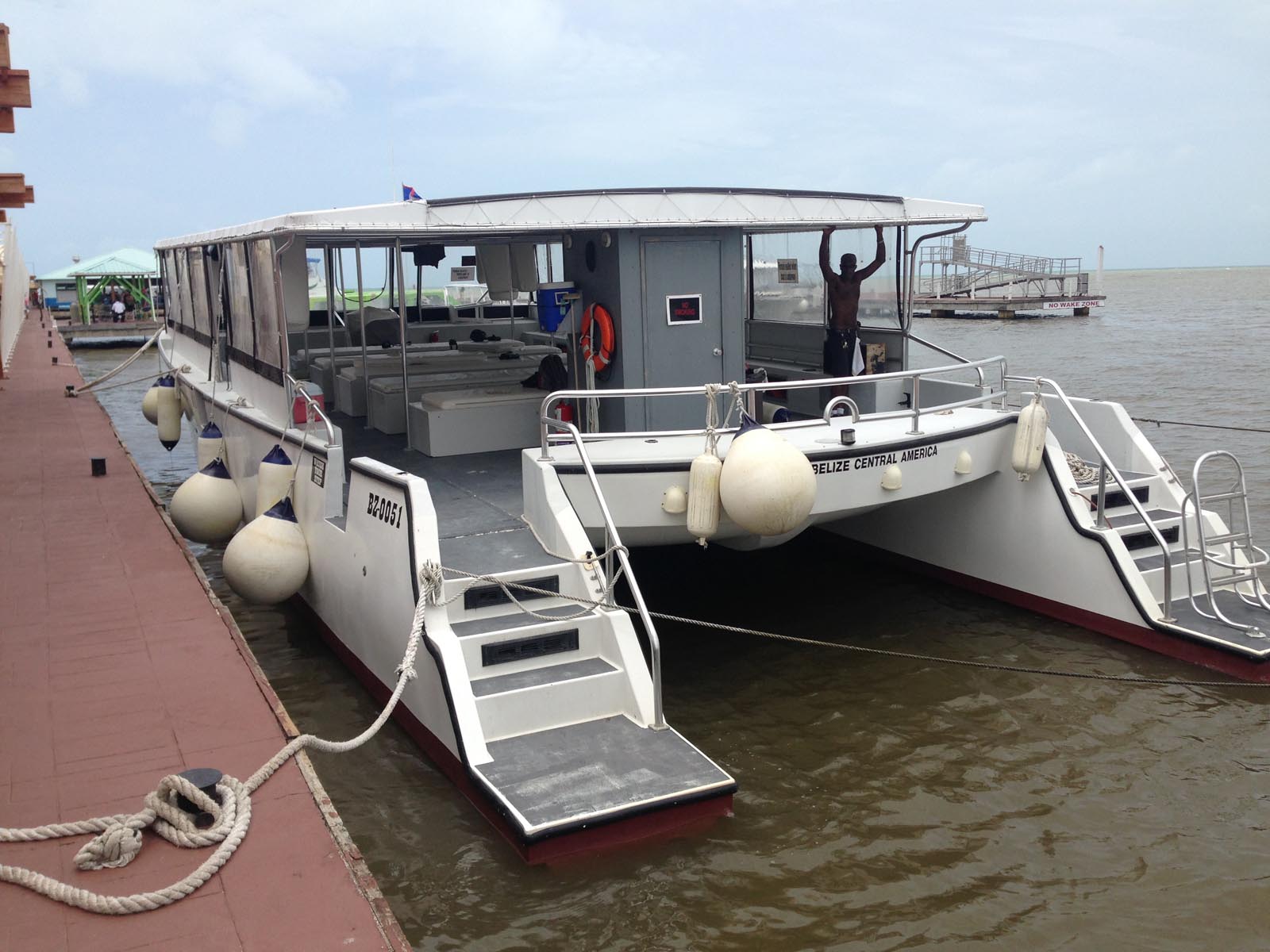
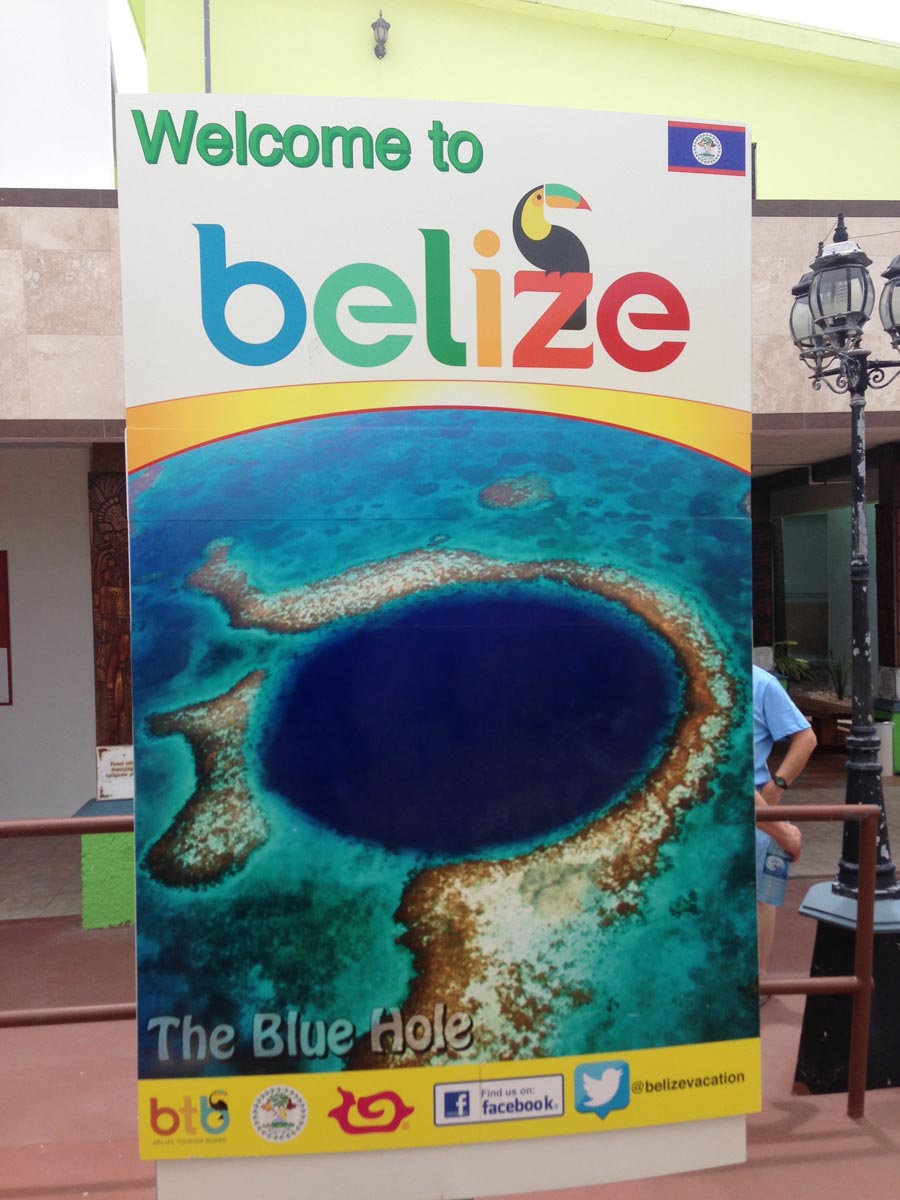
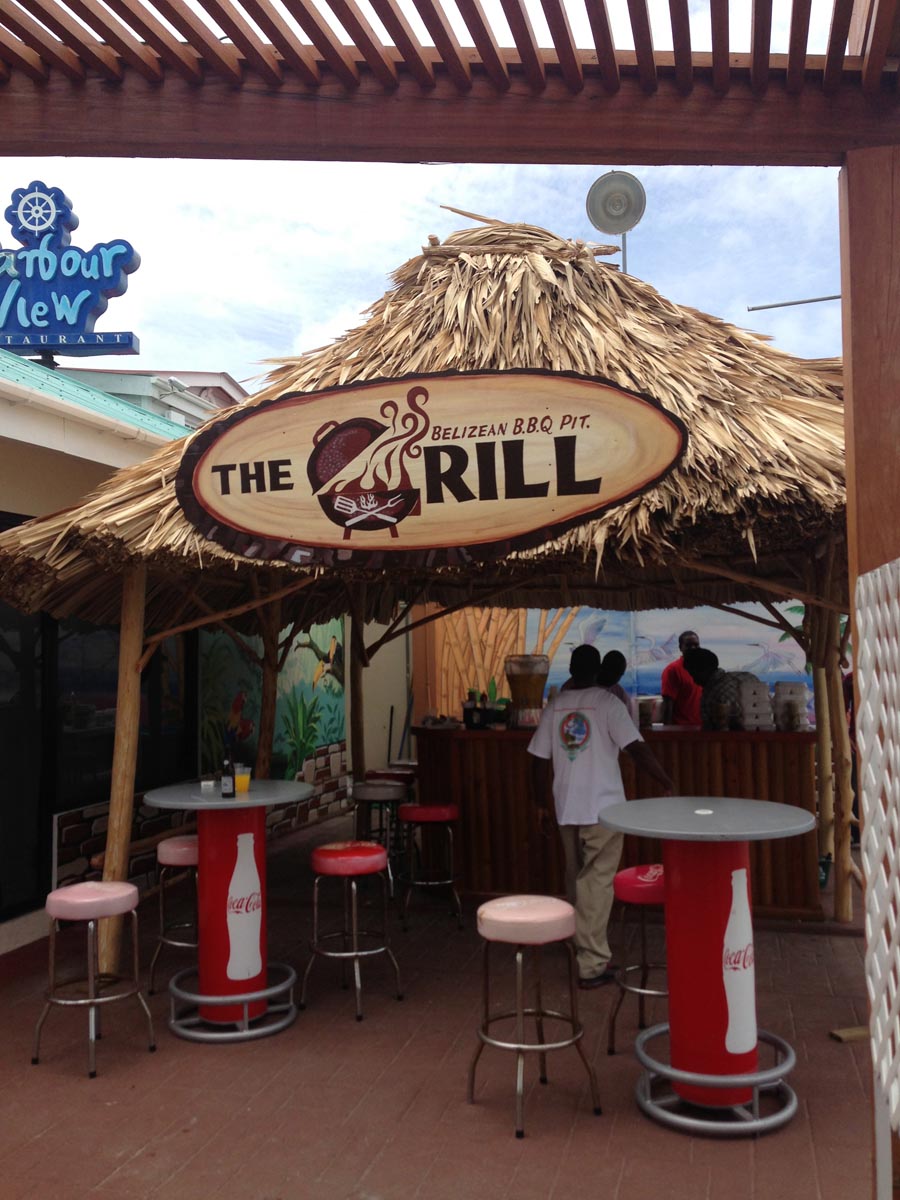
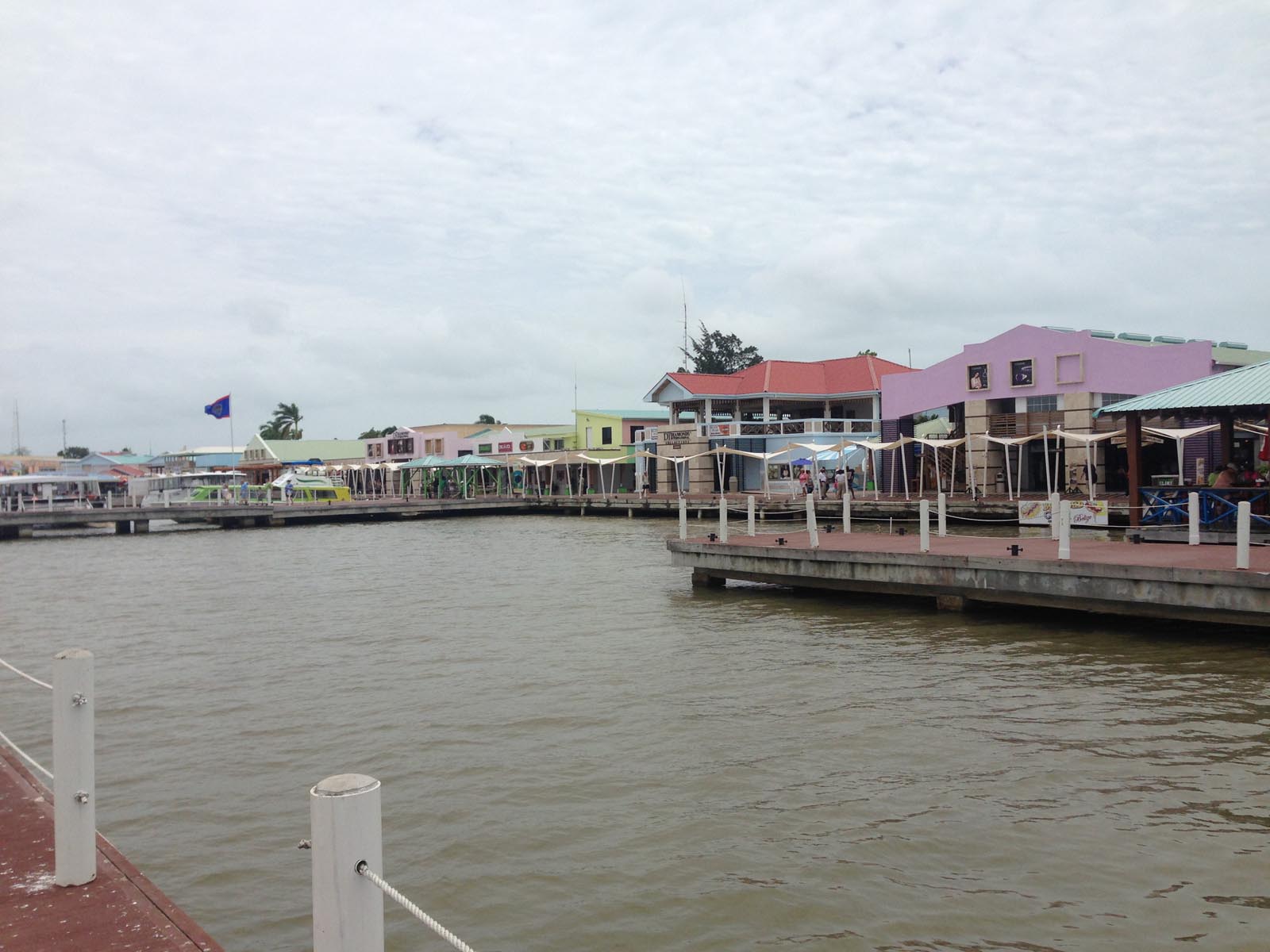
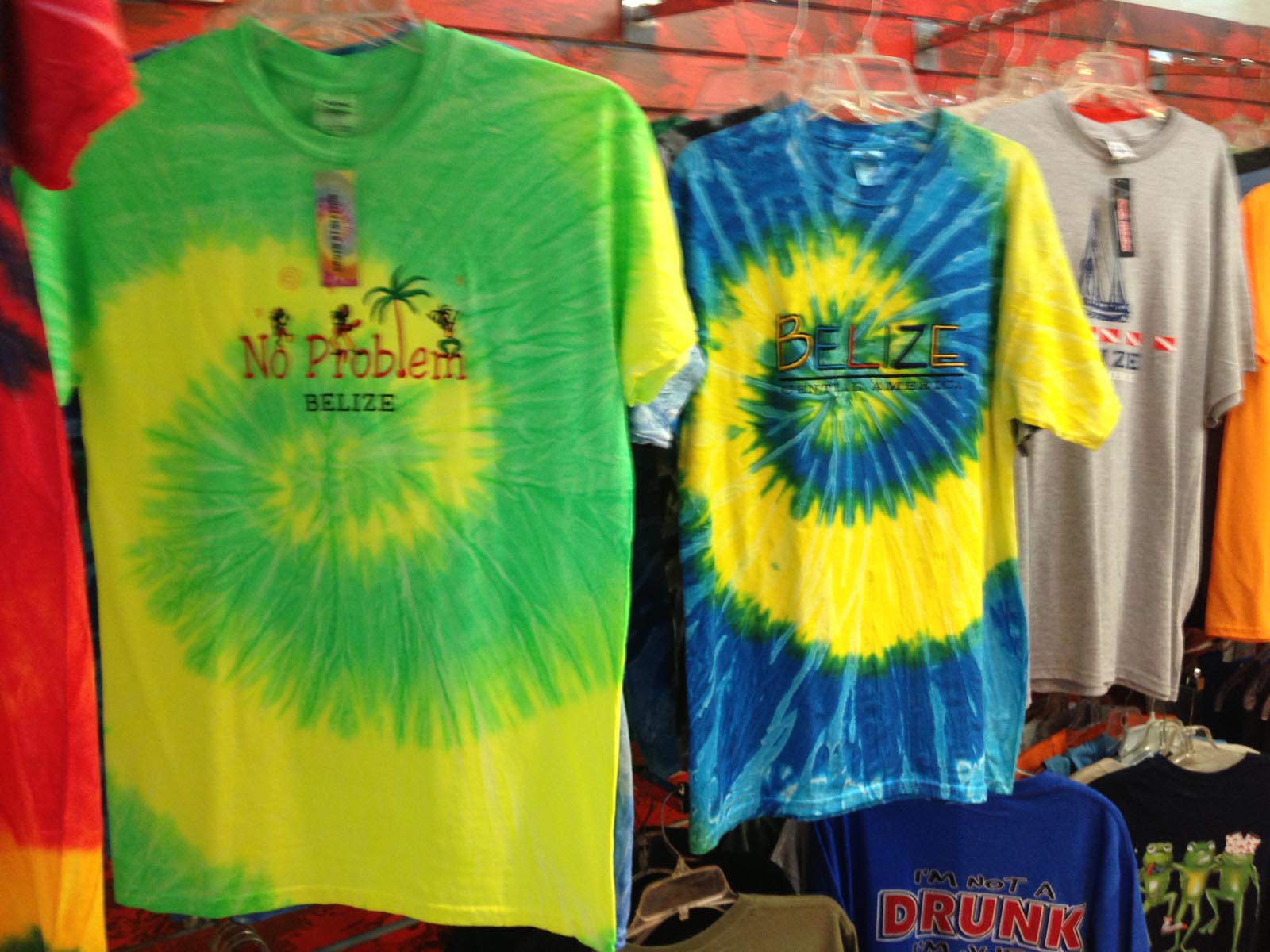
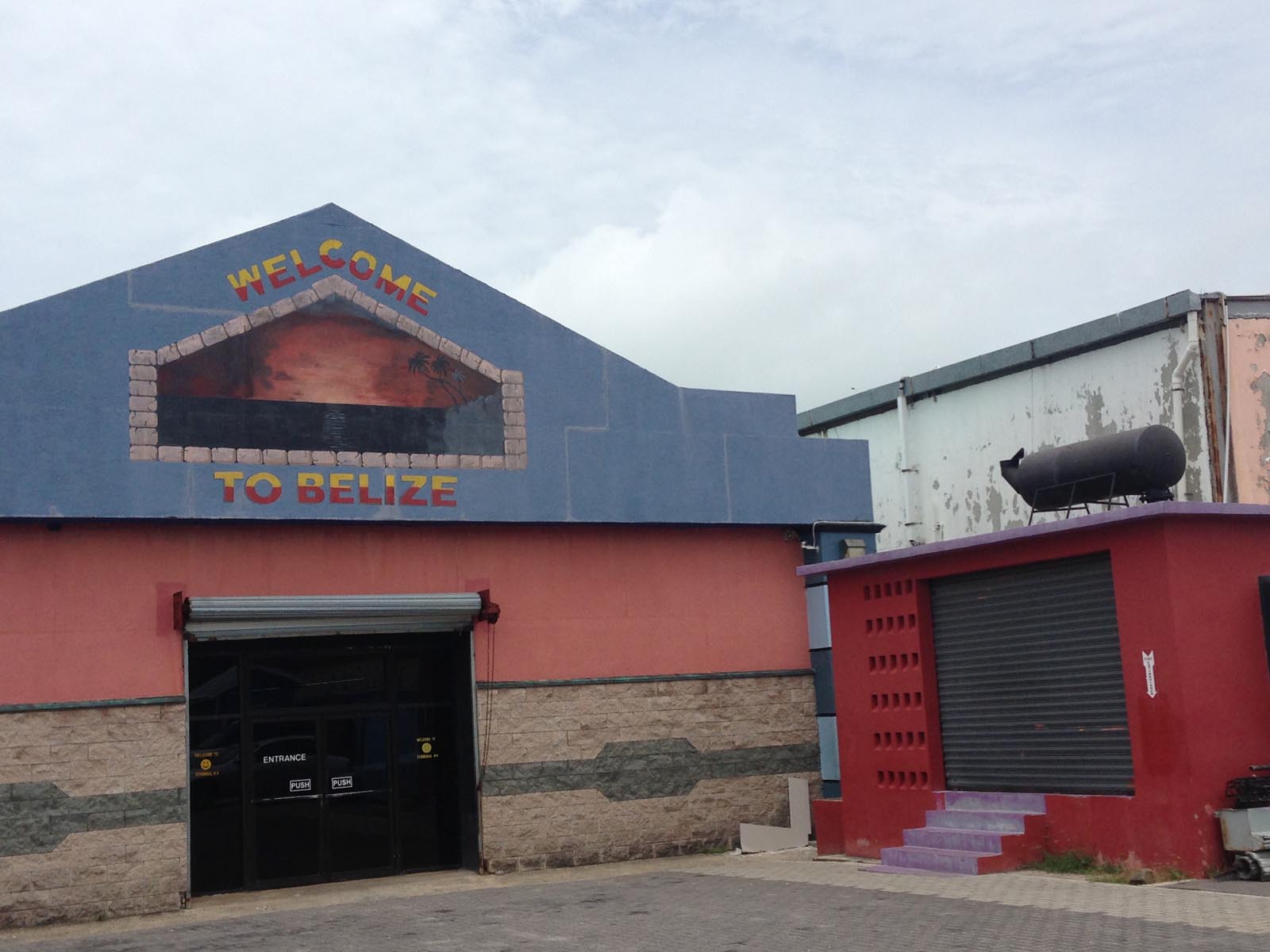
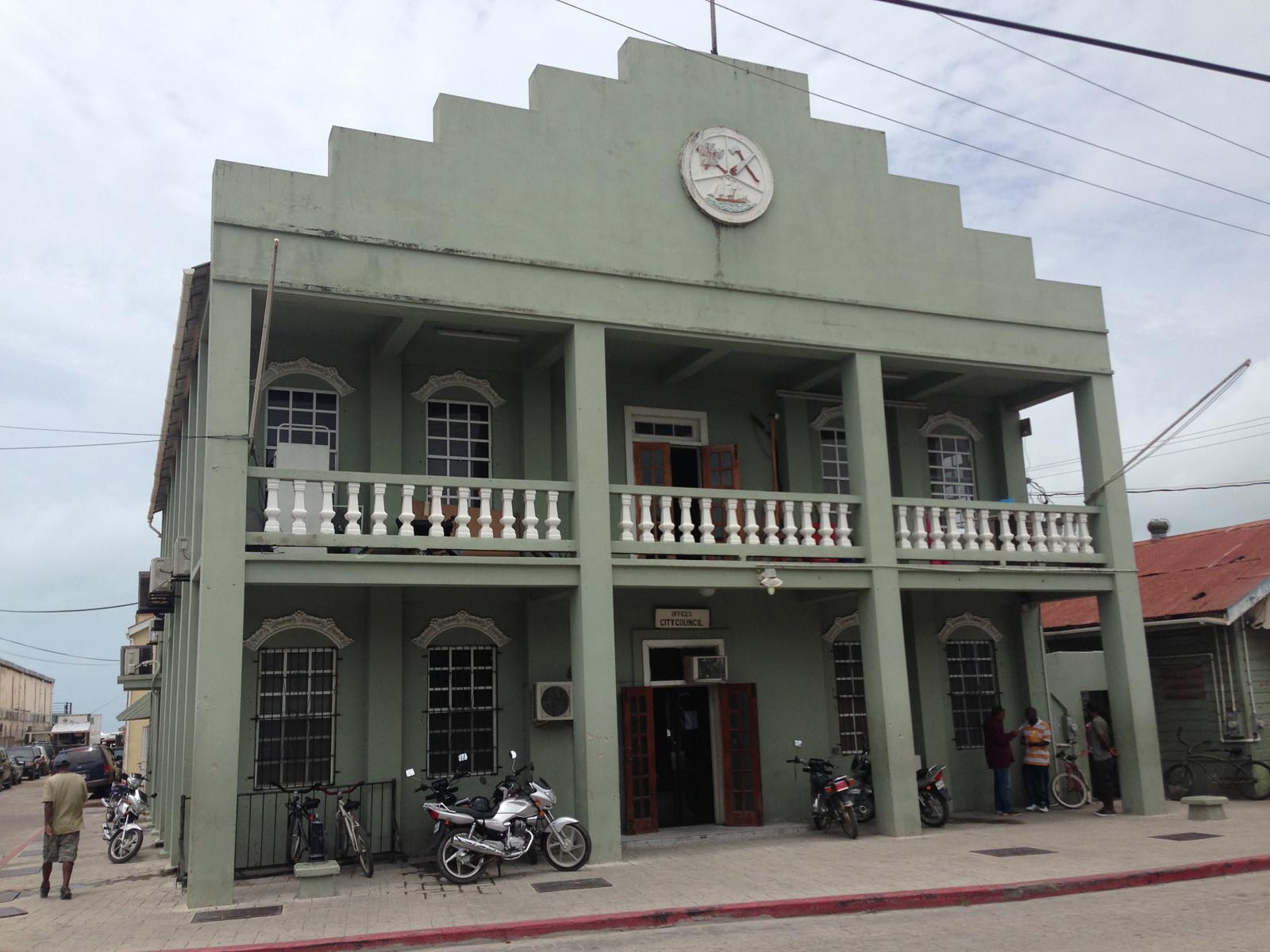
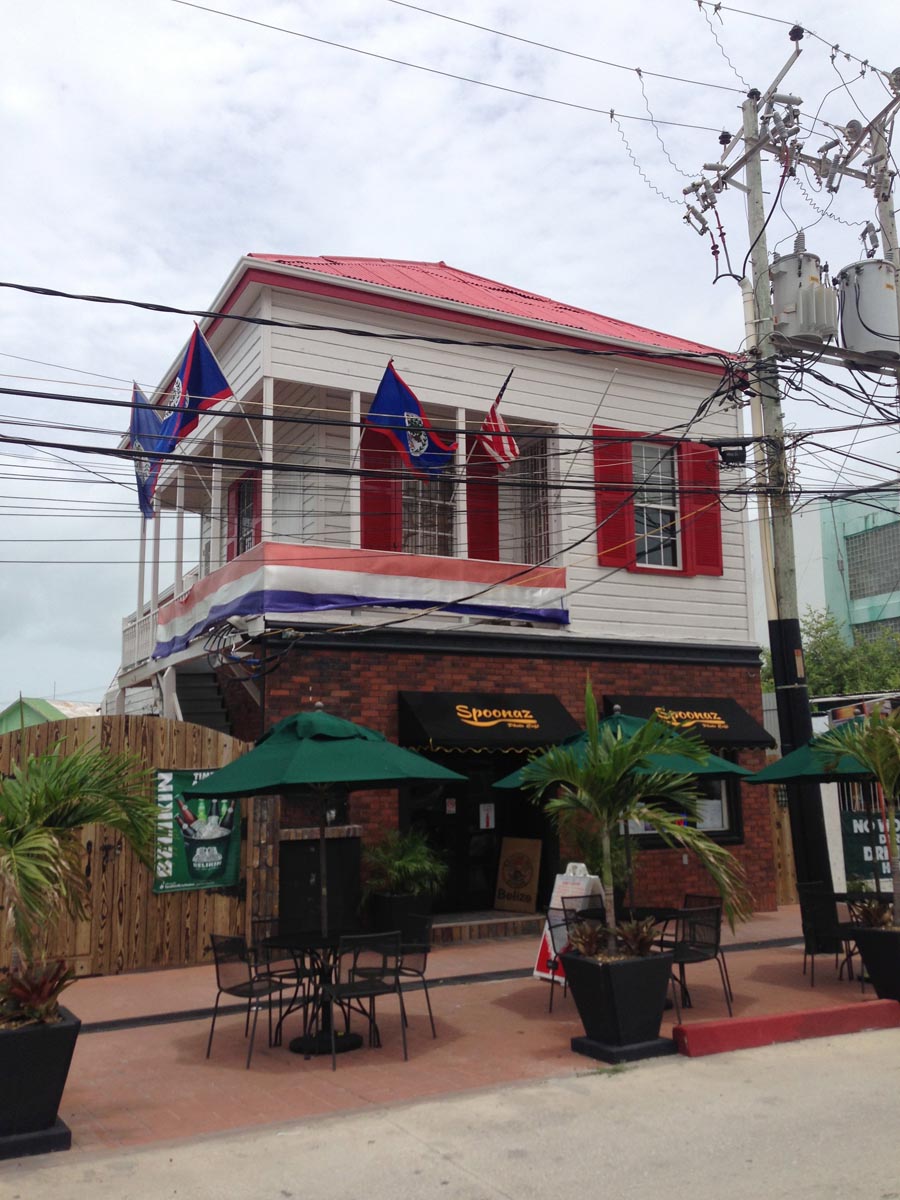
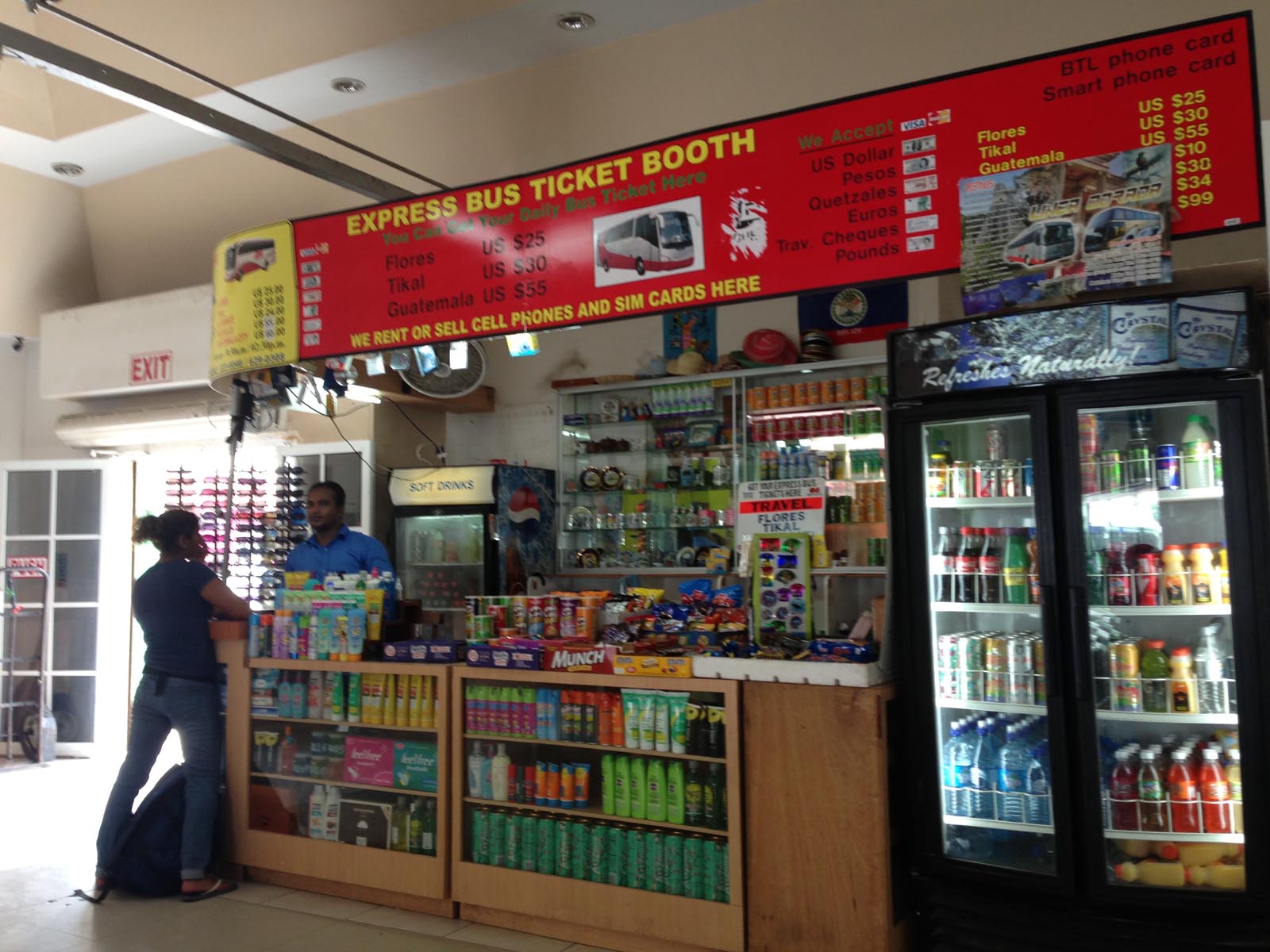


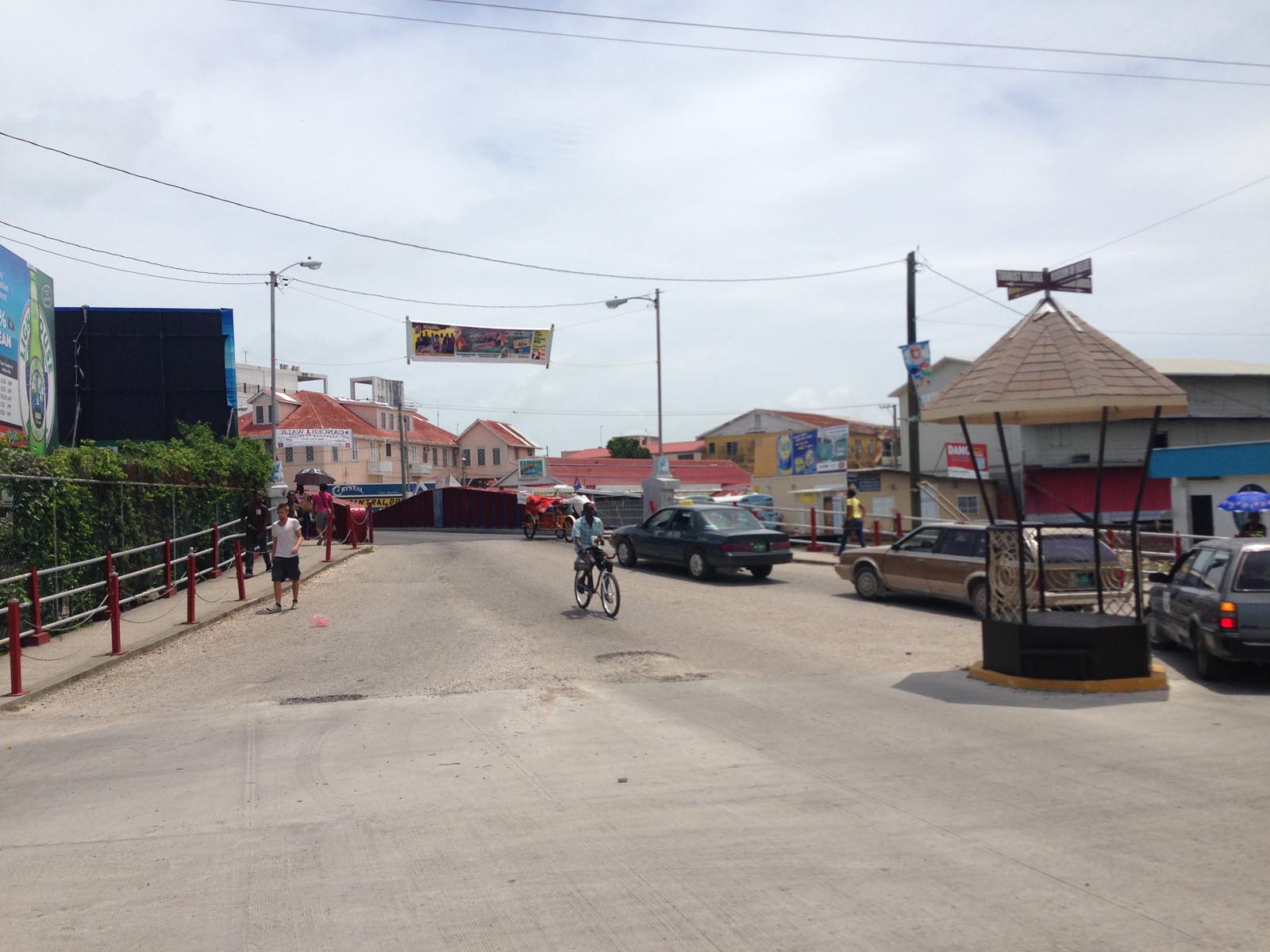
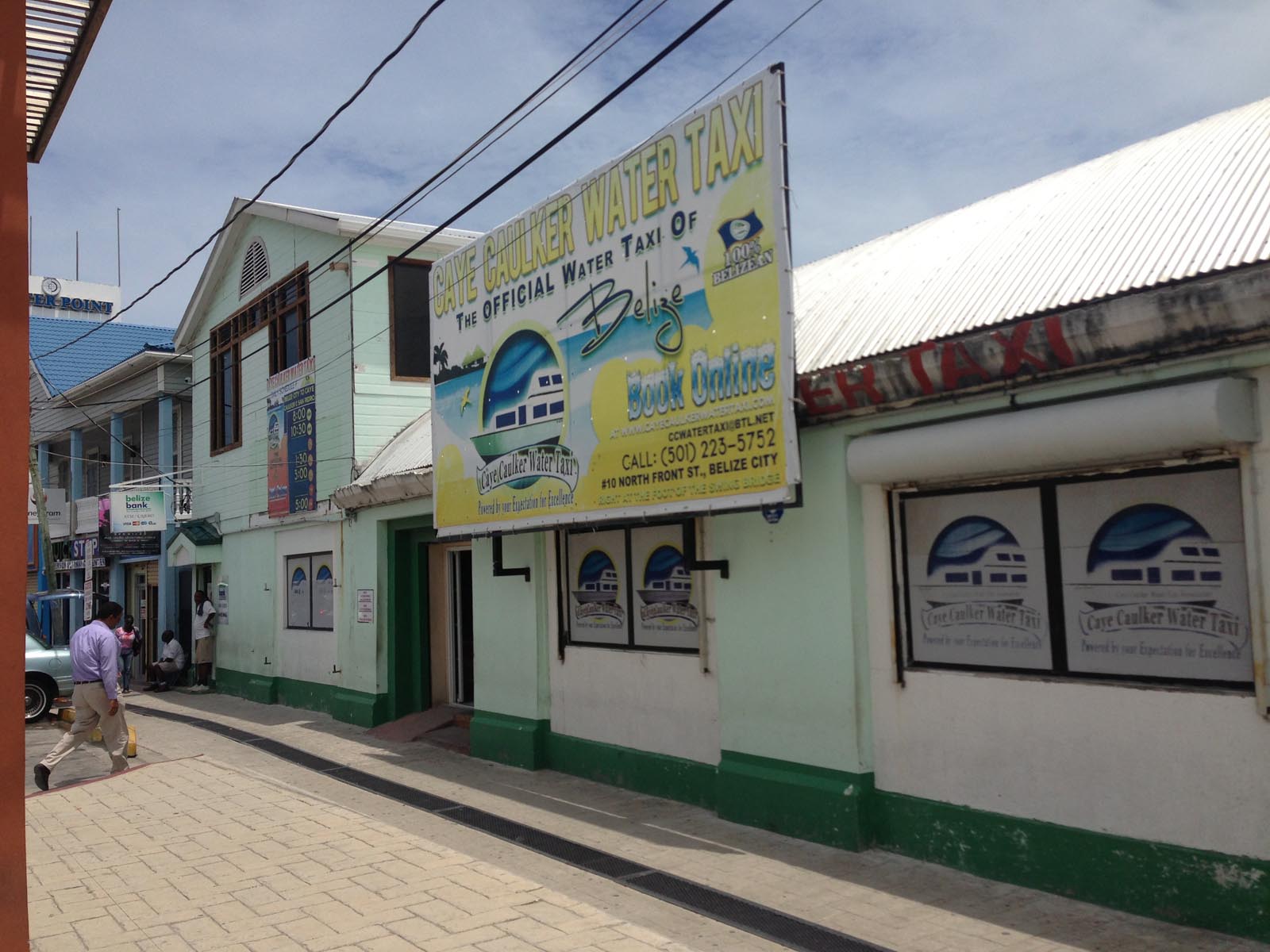
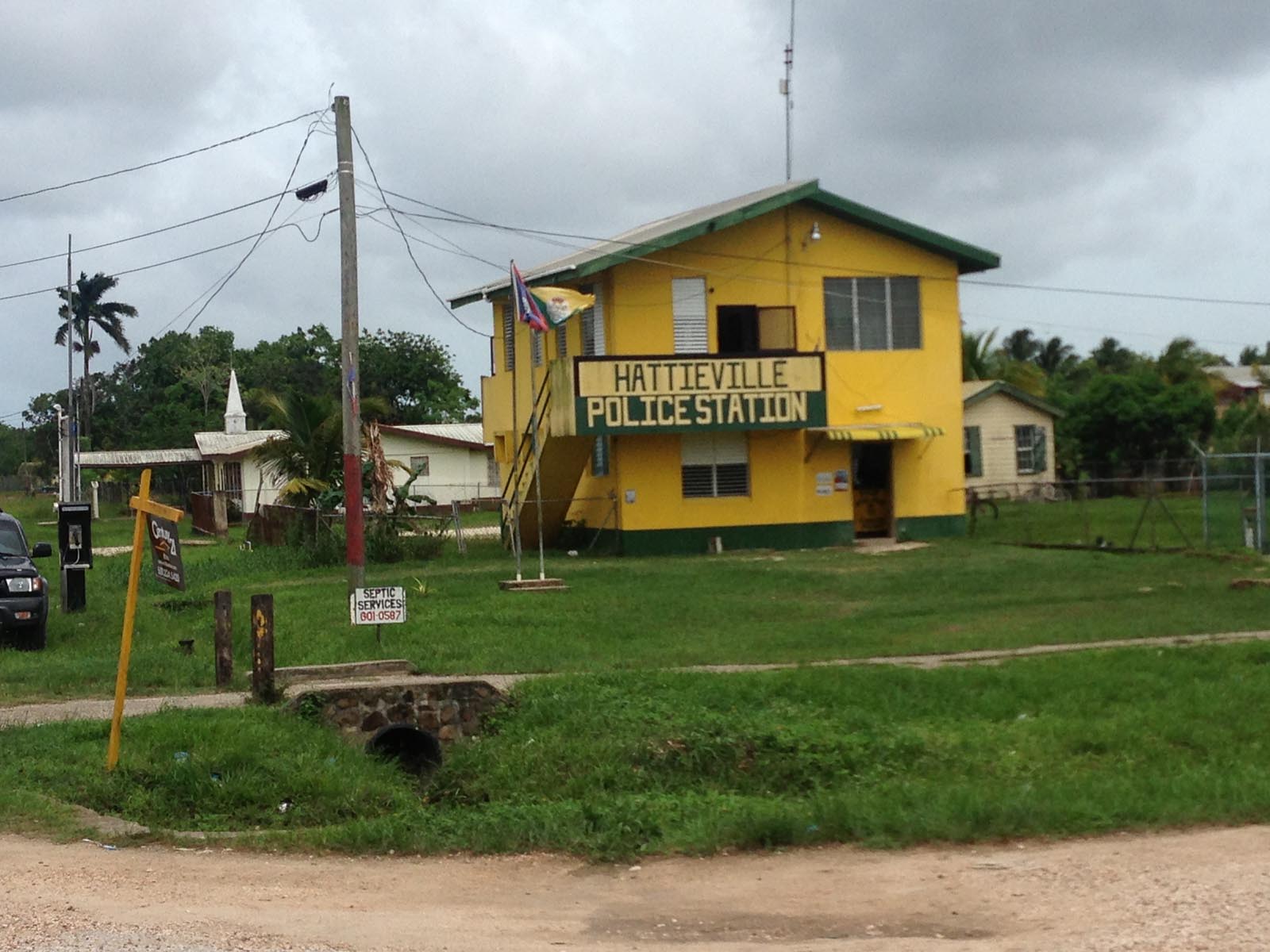
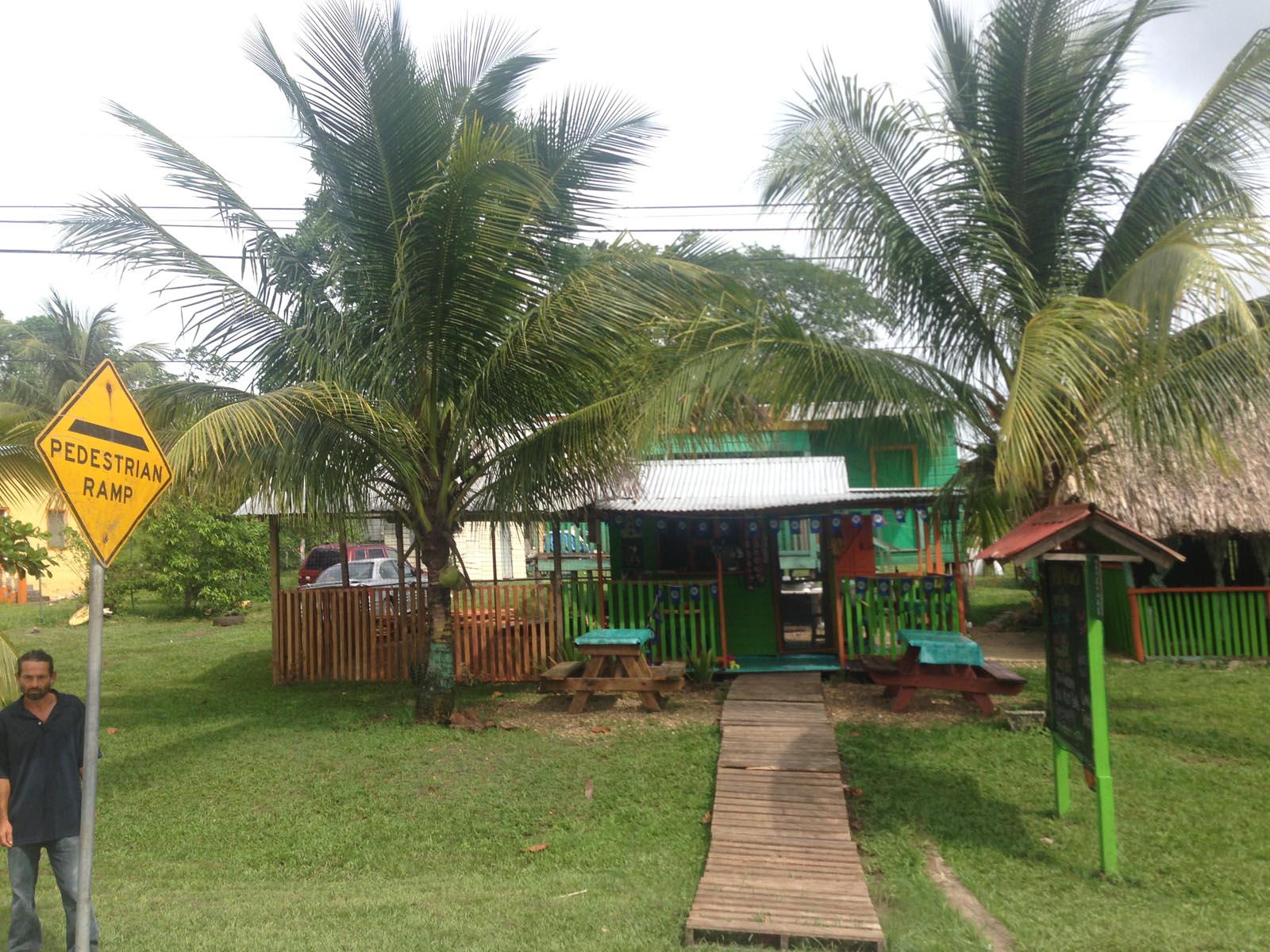

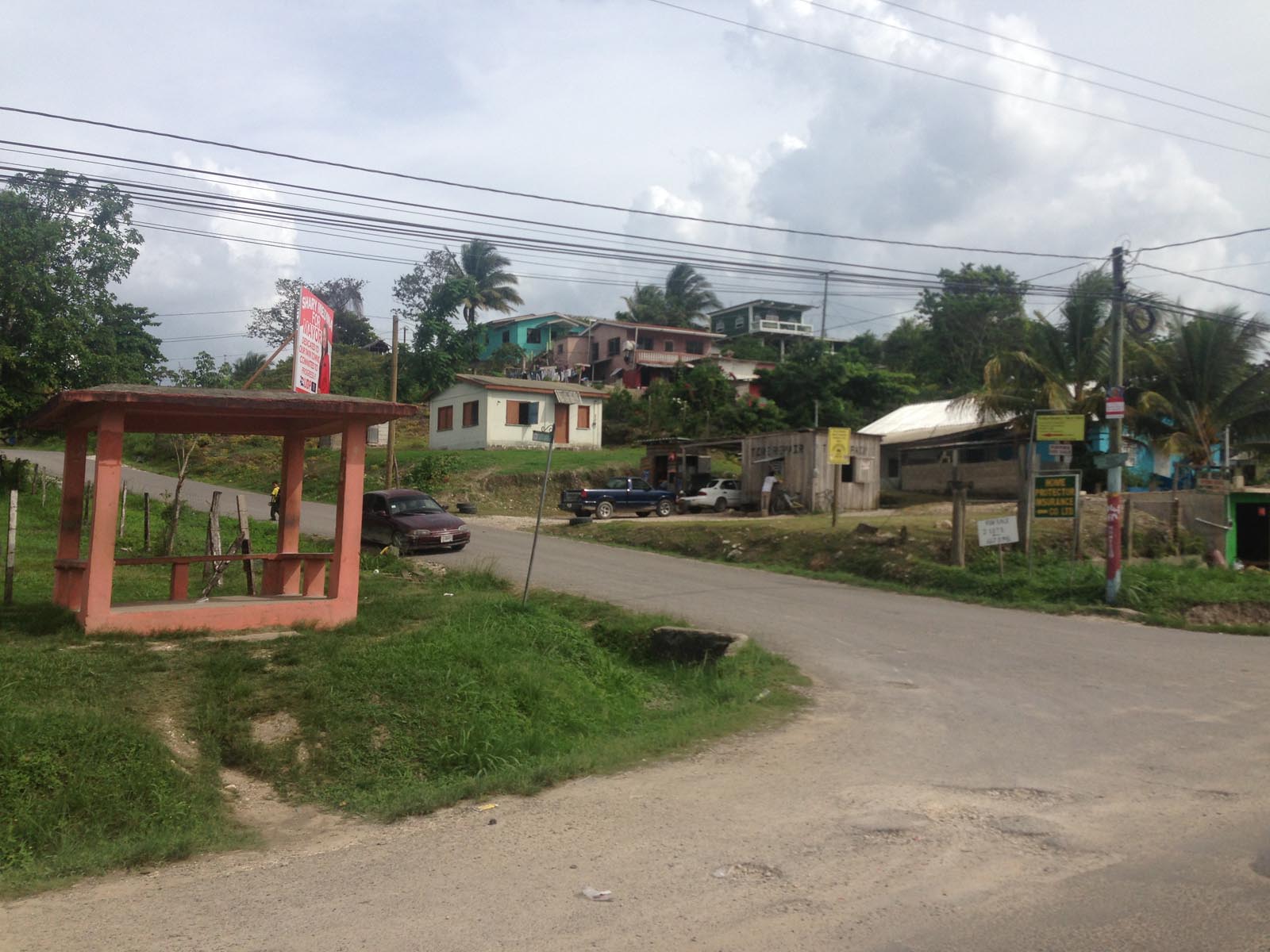
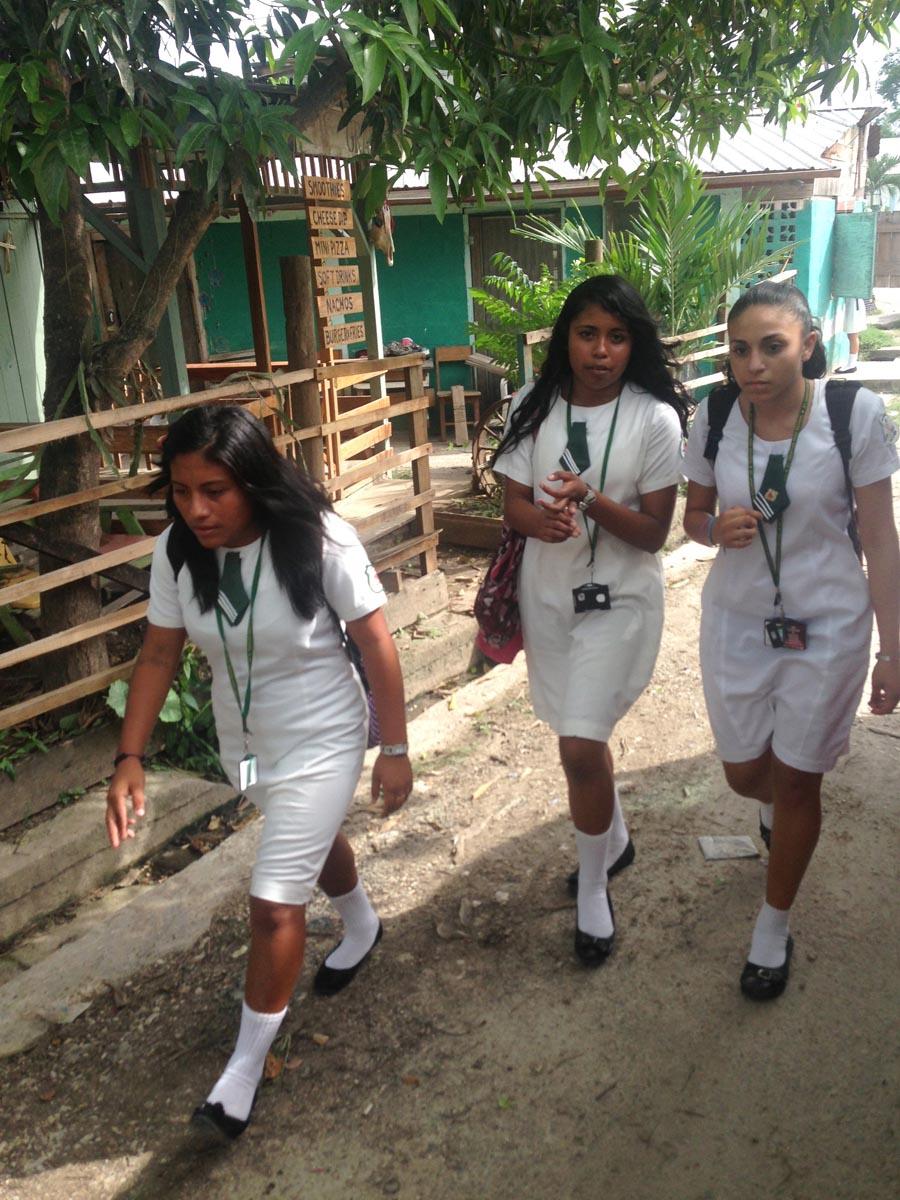
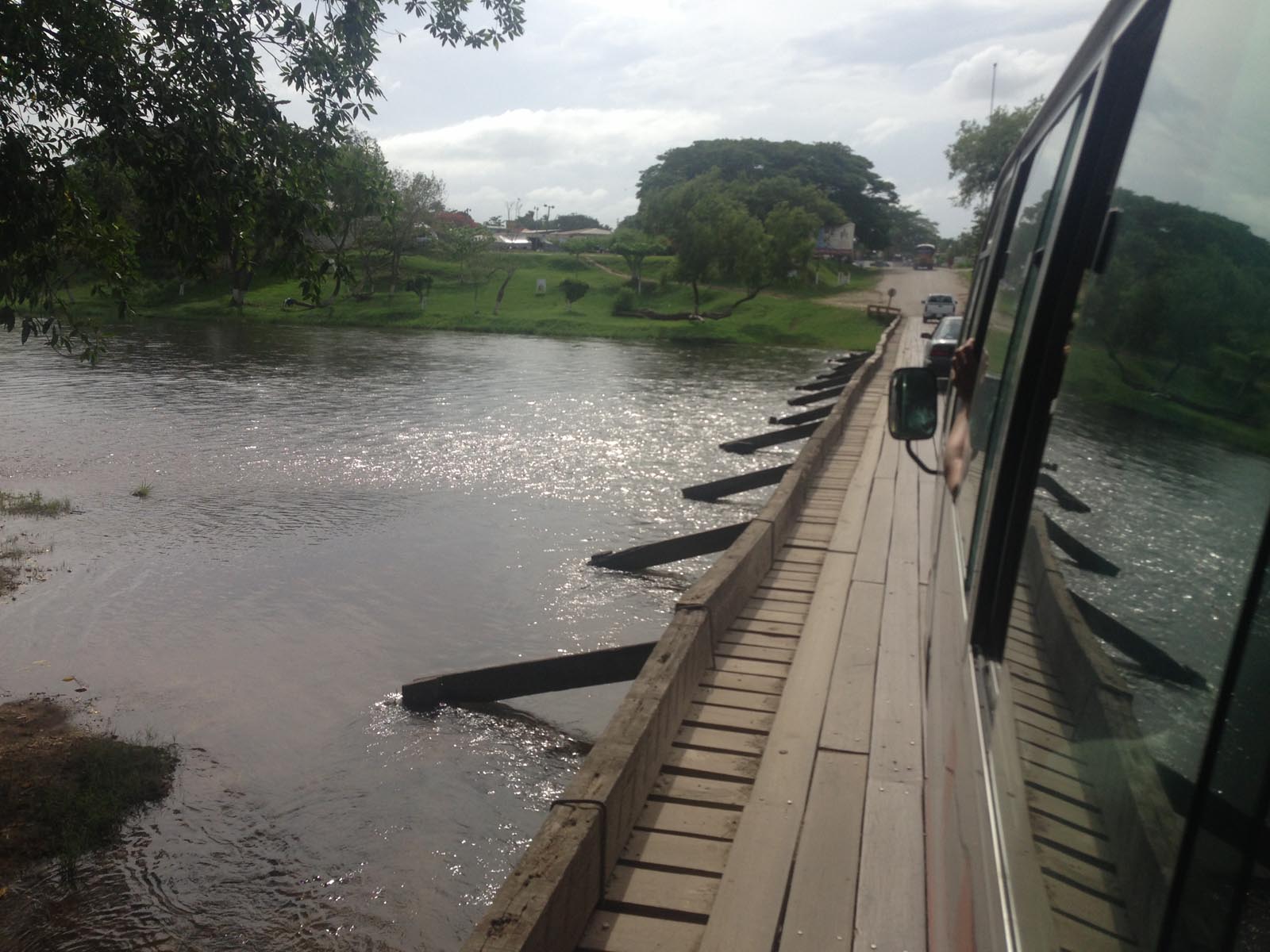
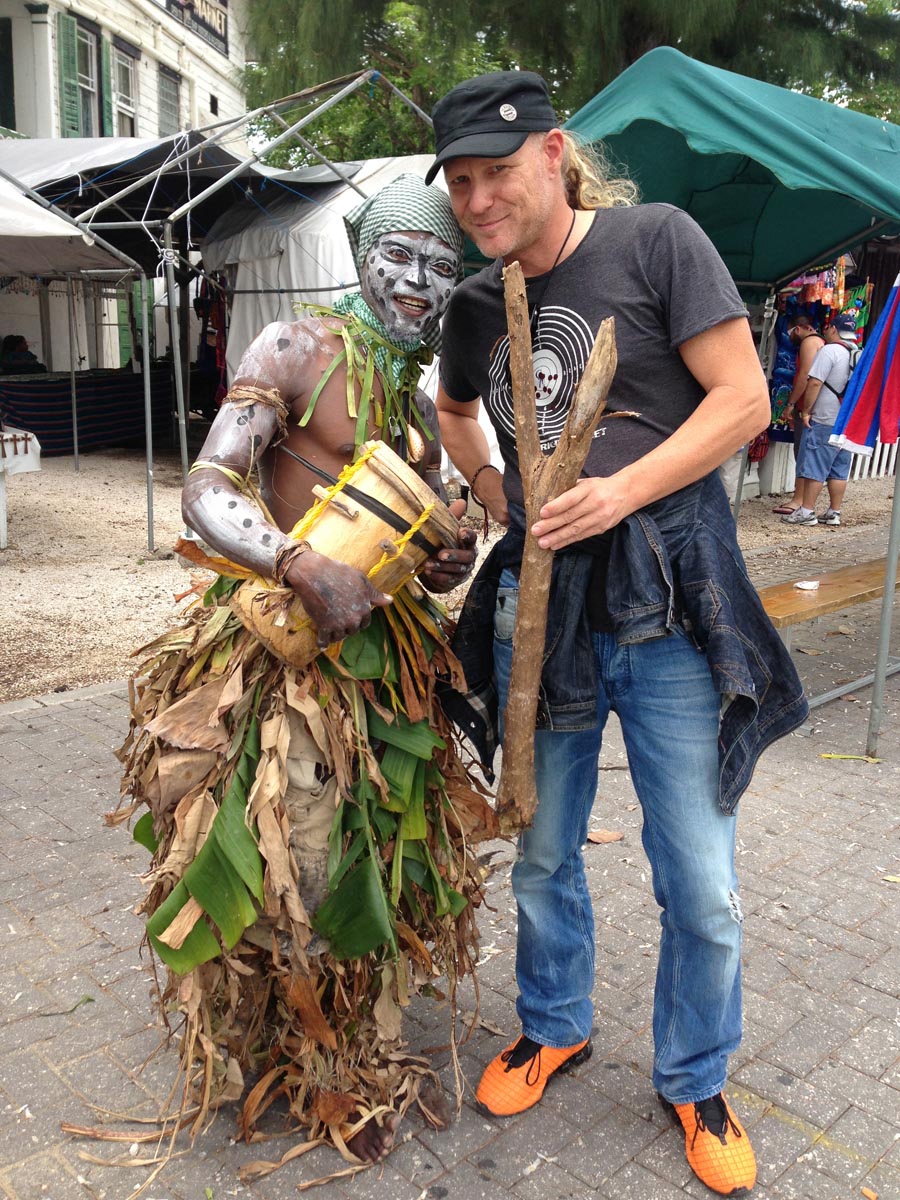
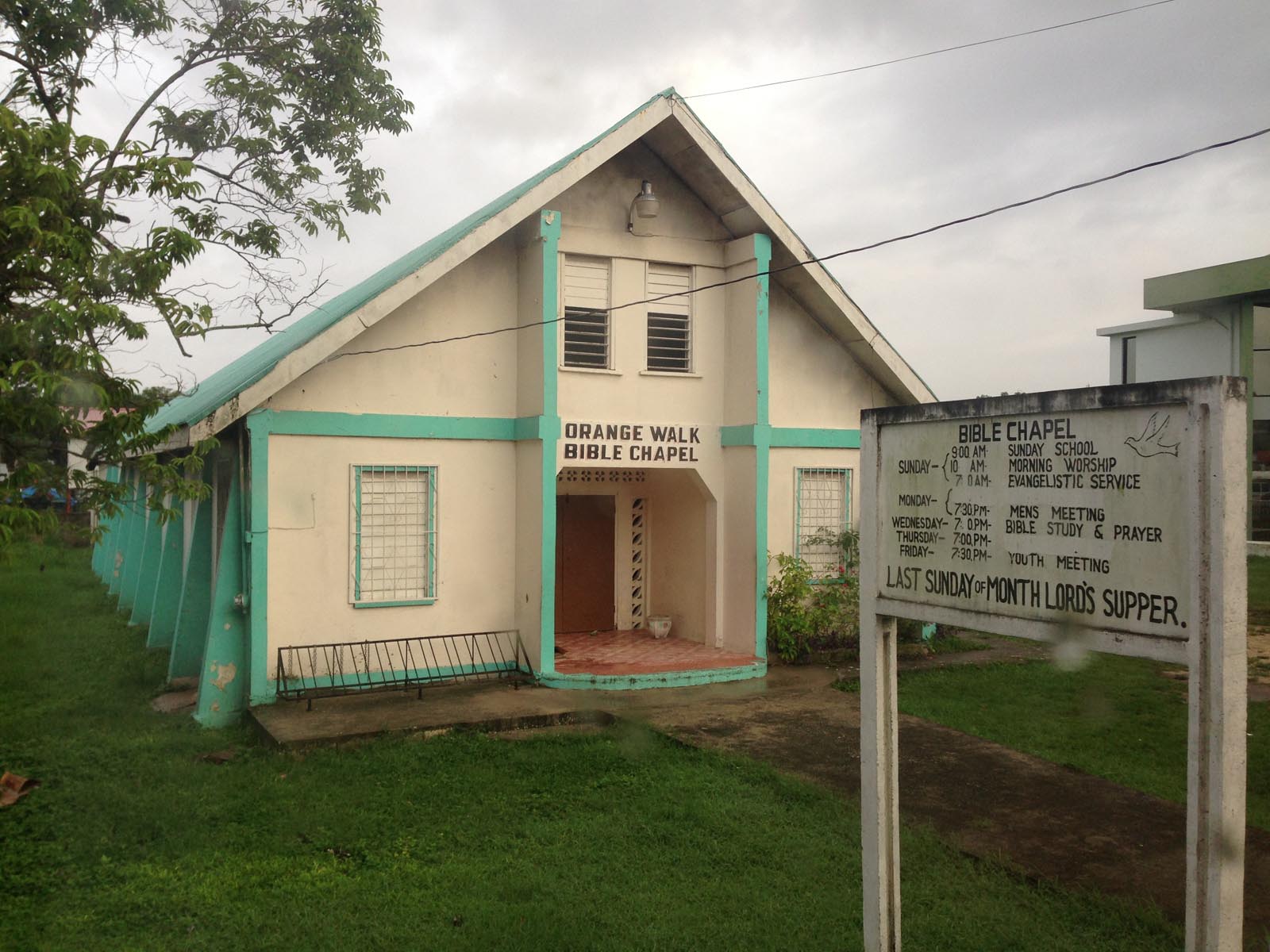
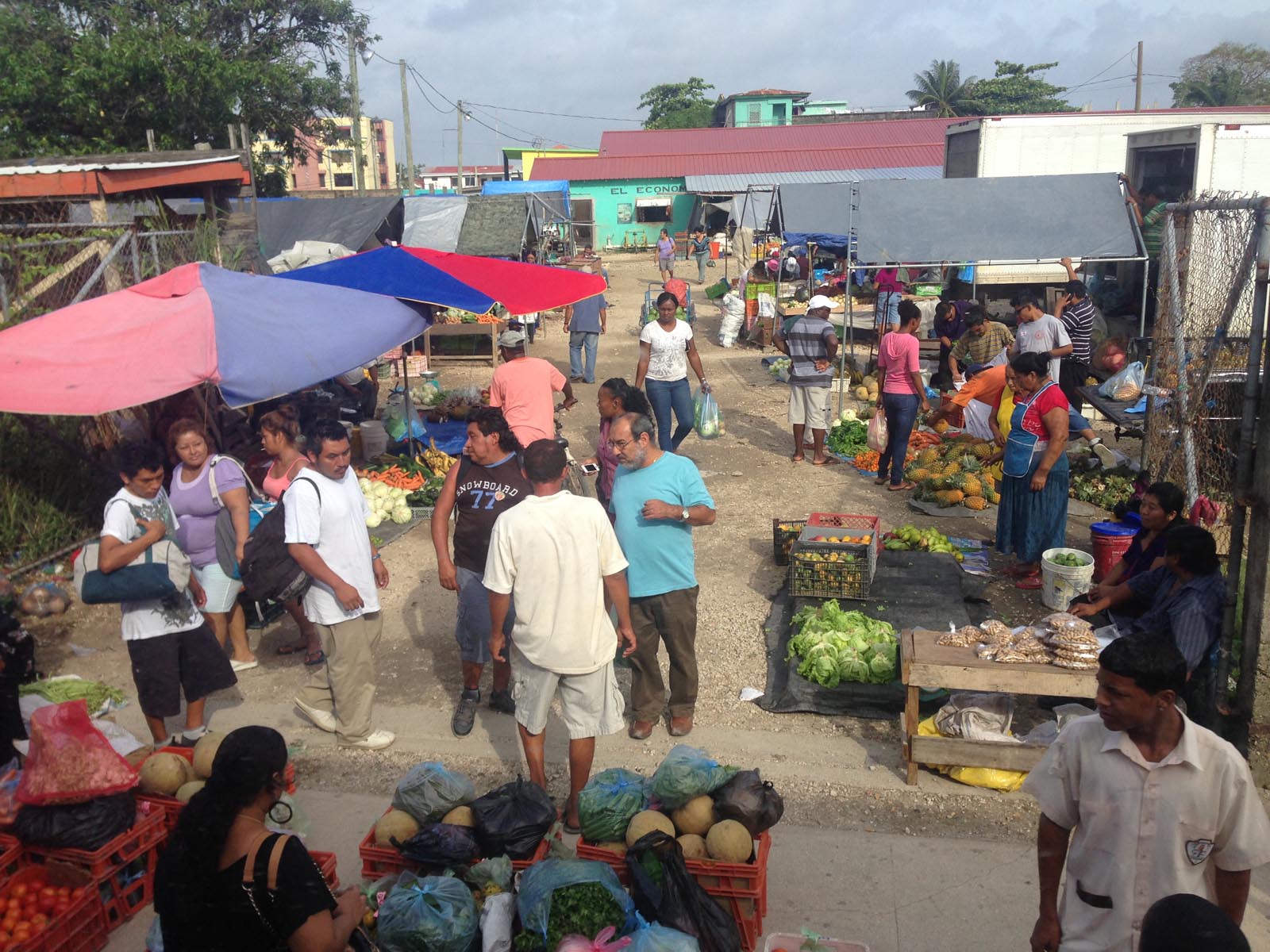
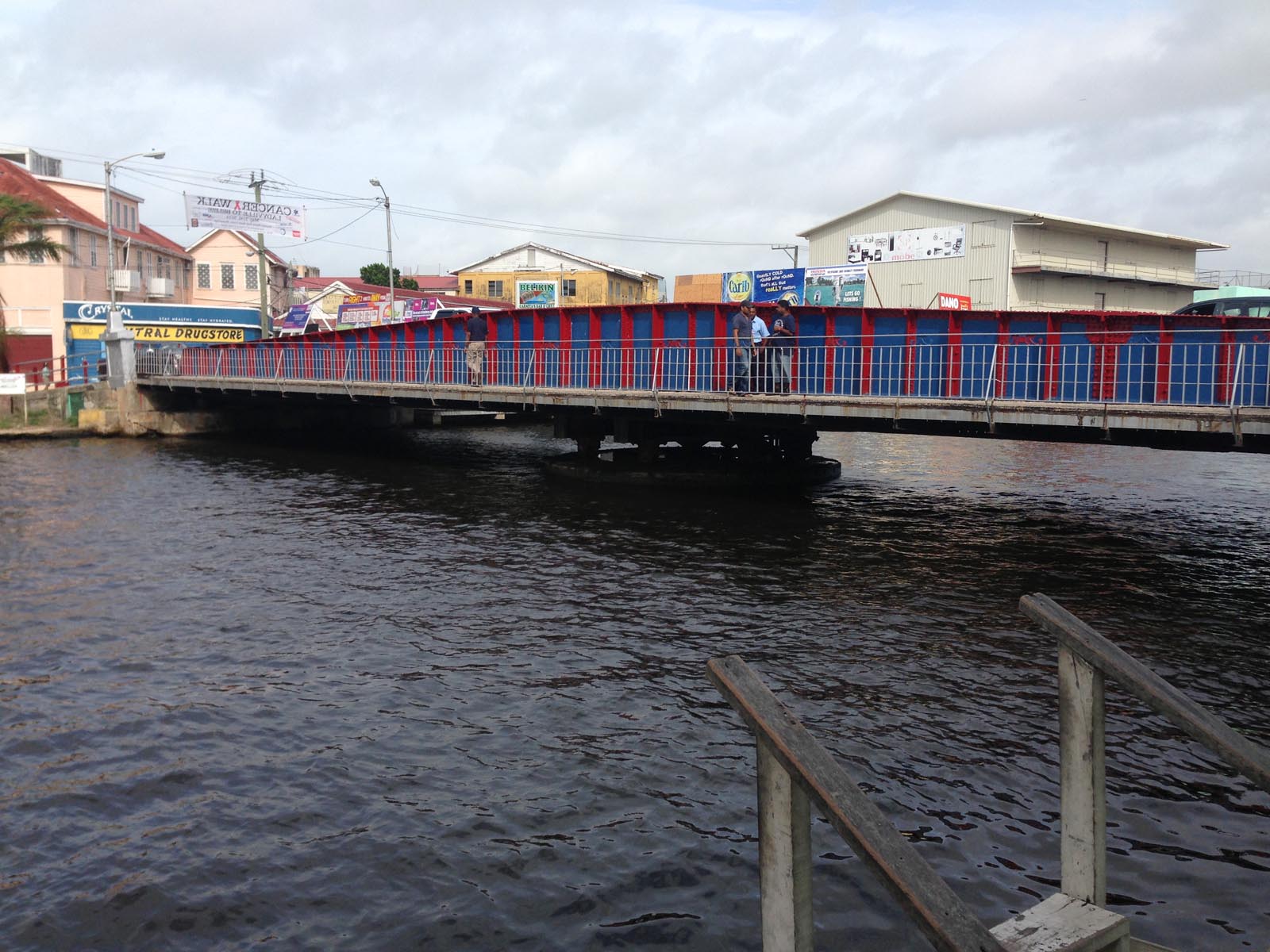
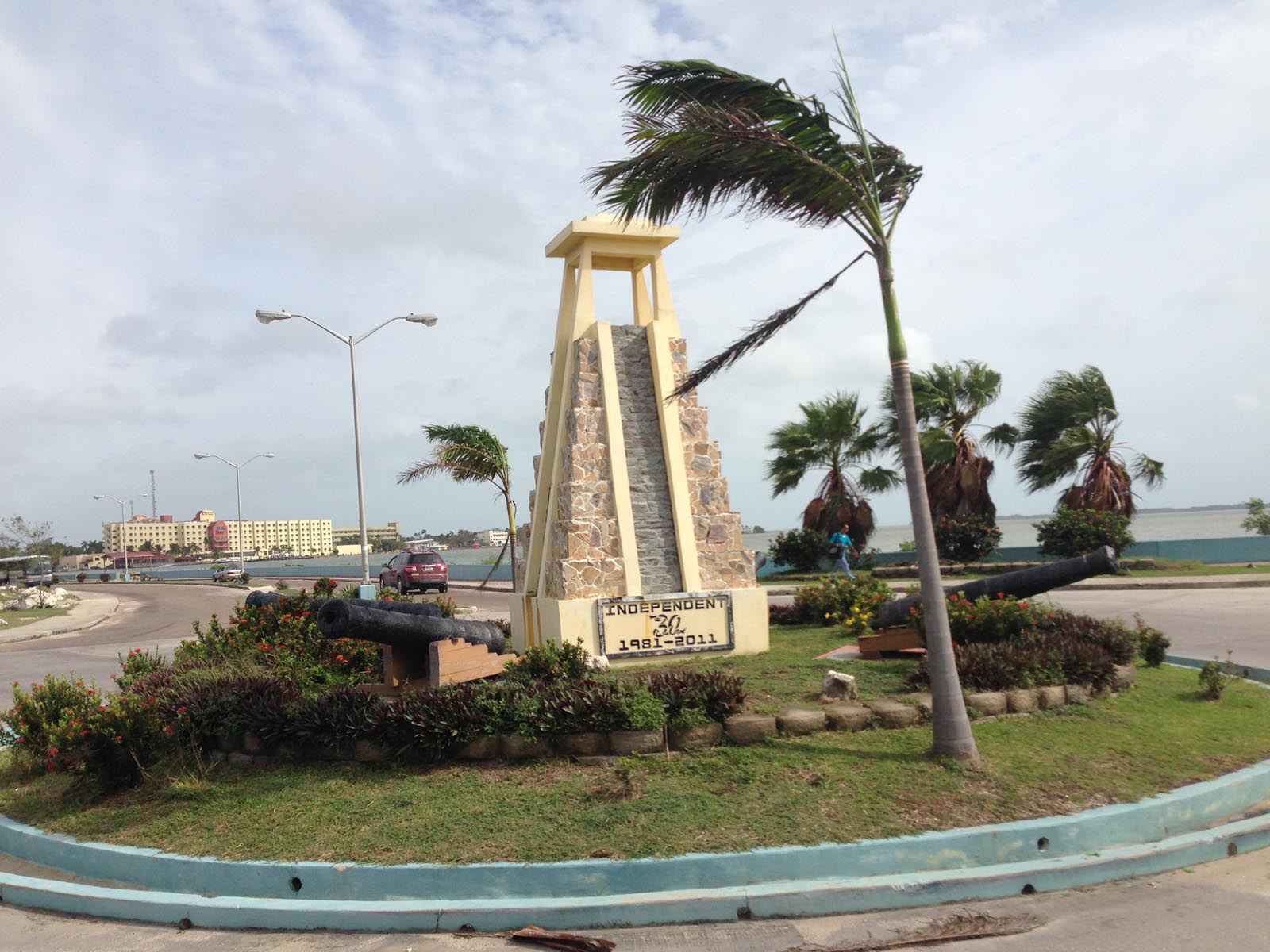


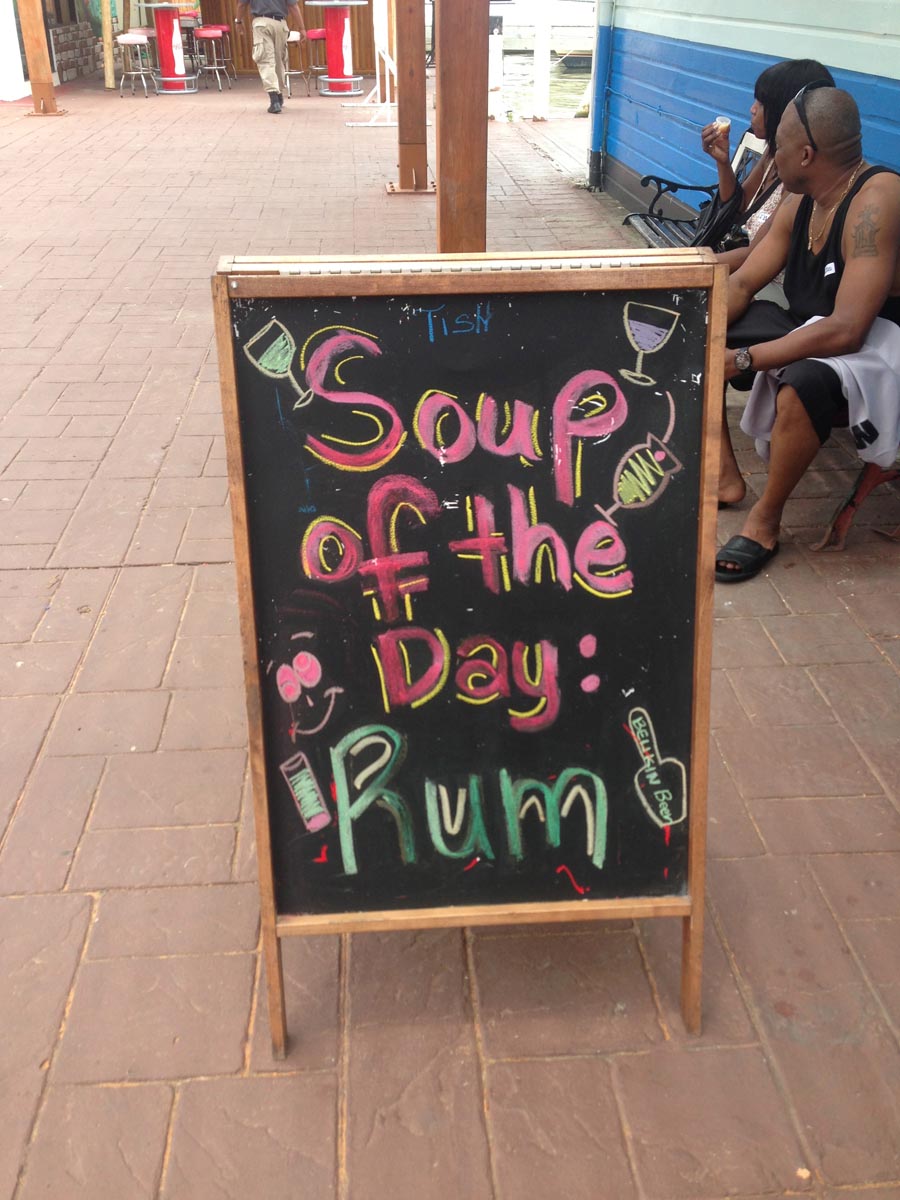
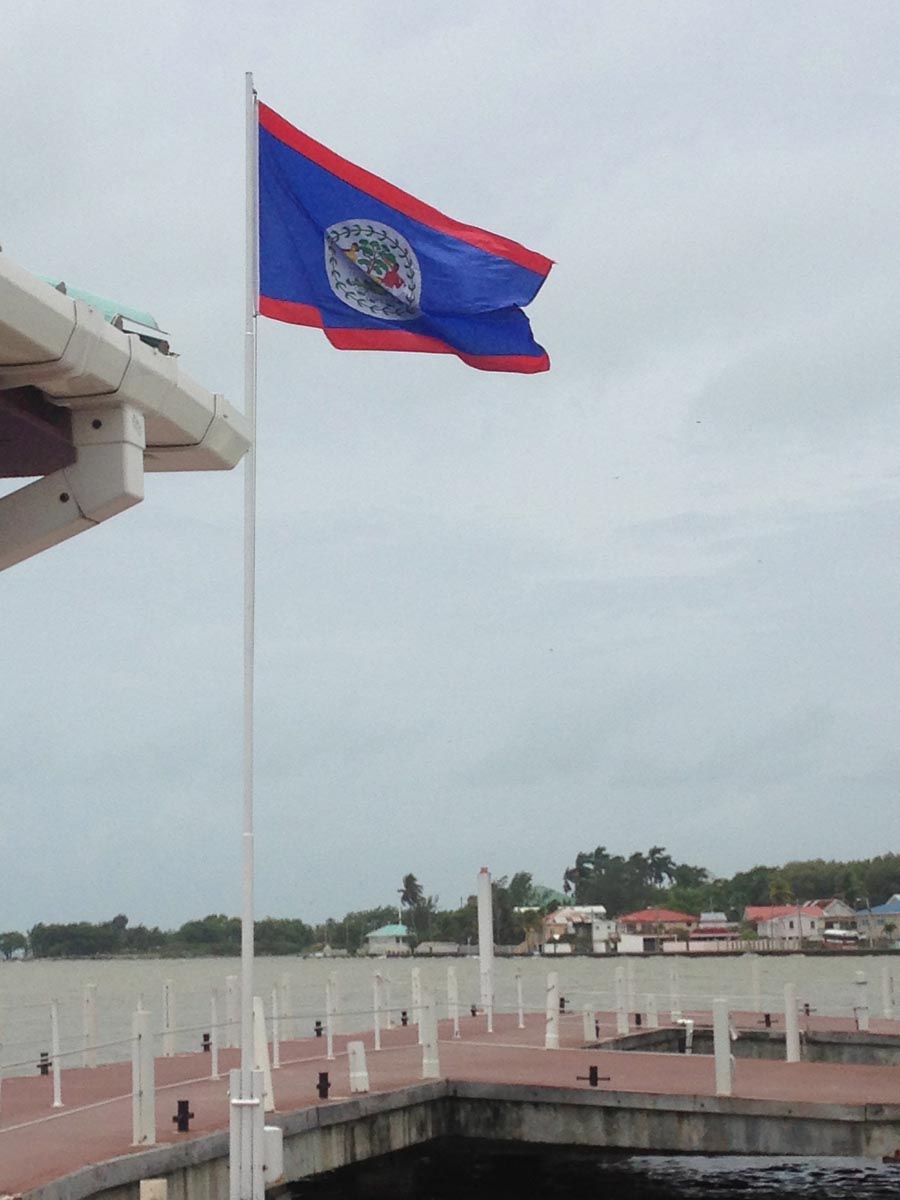

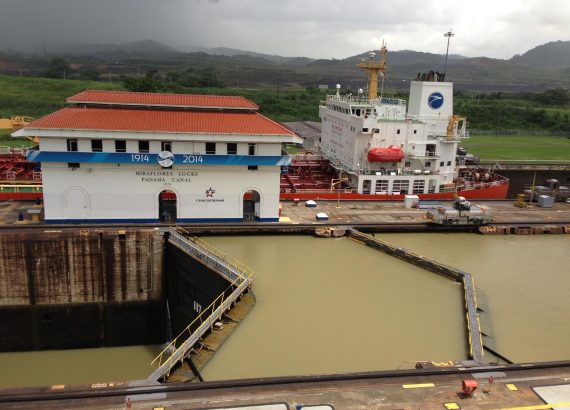
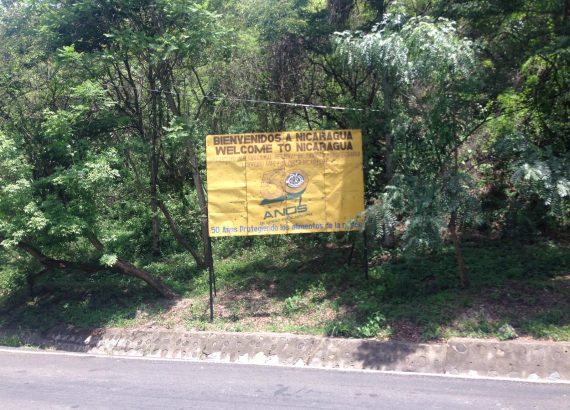
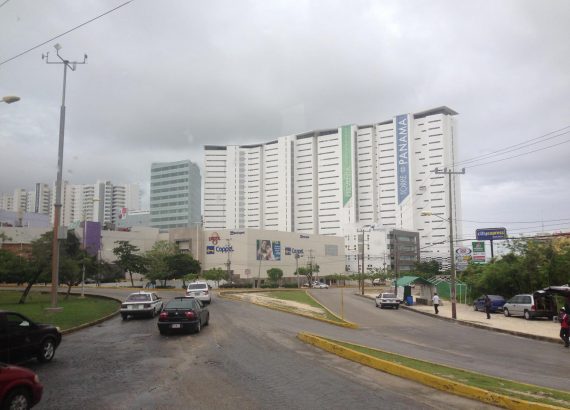
No Comments